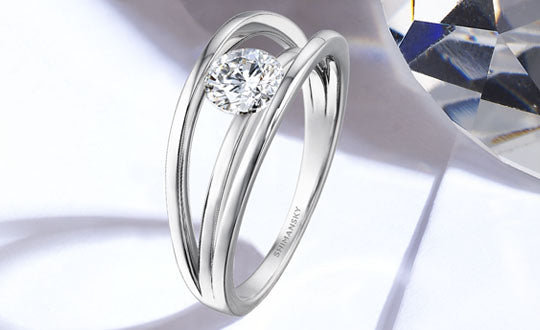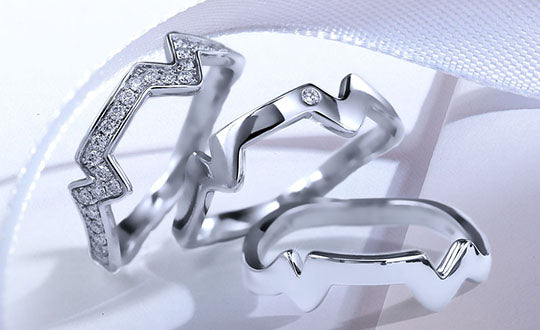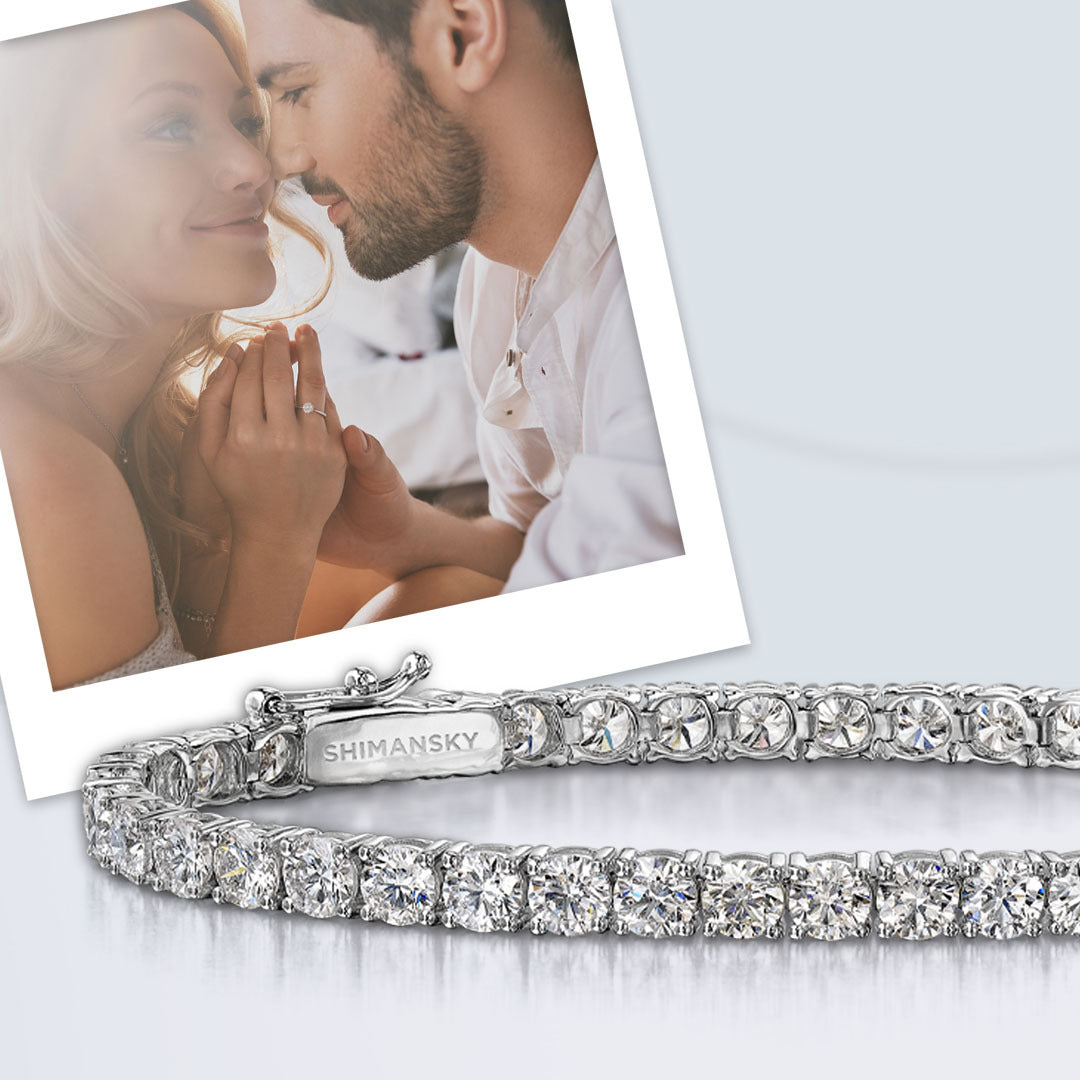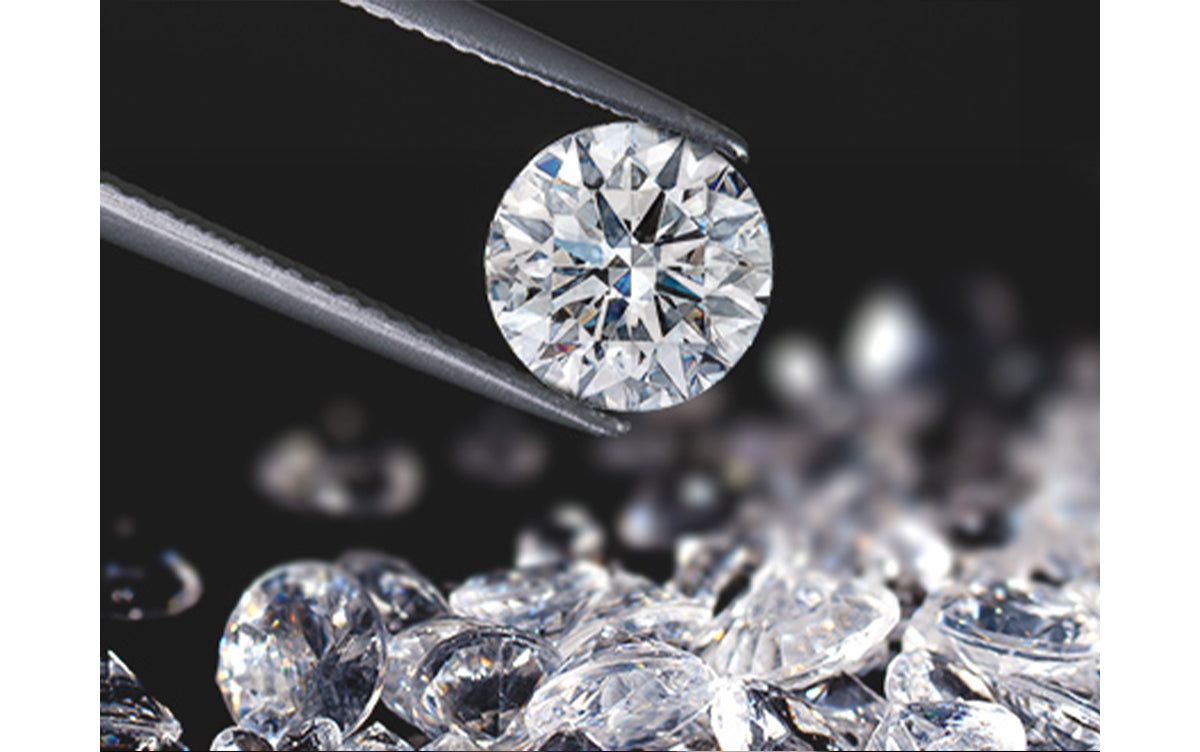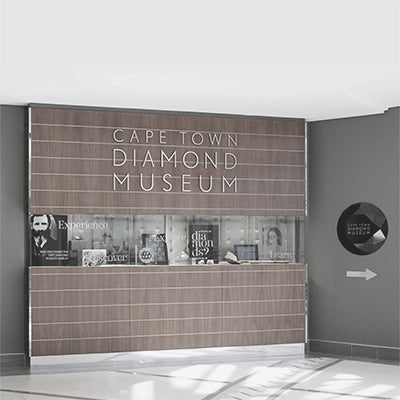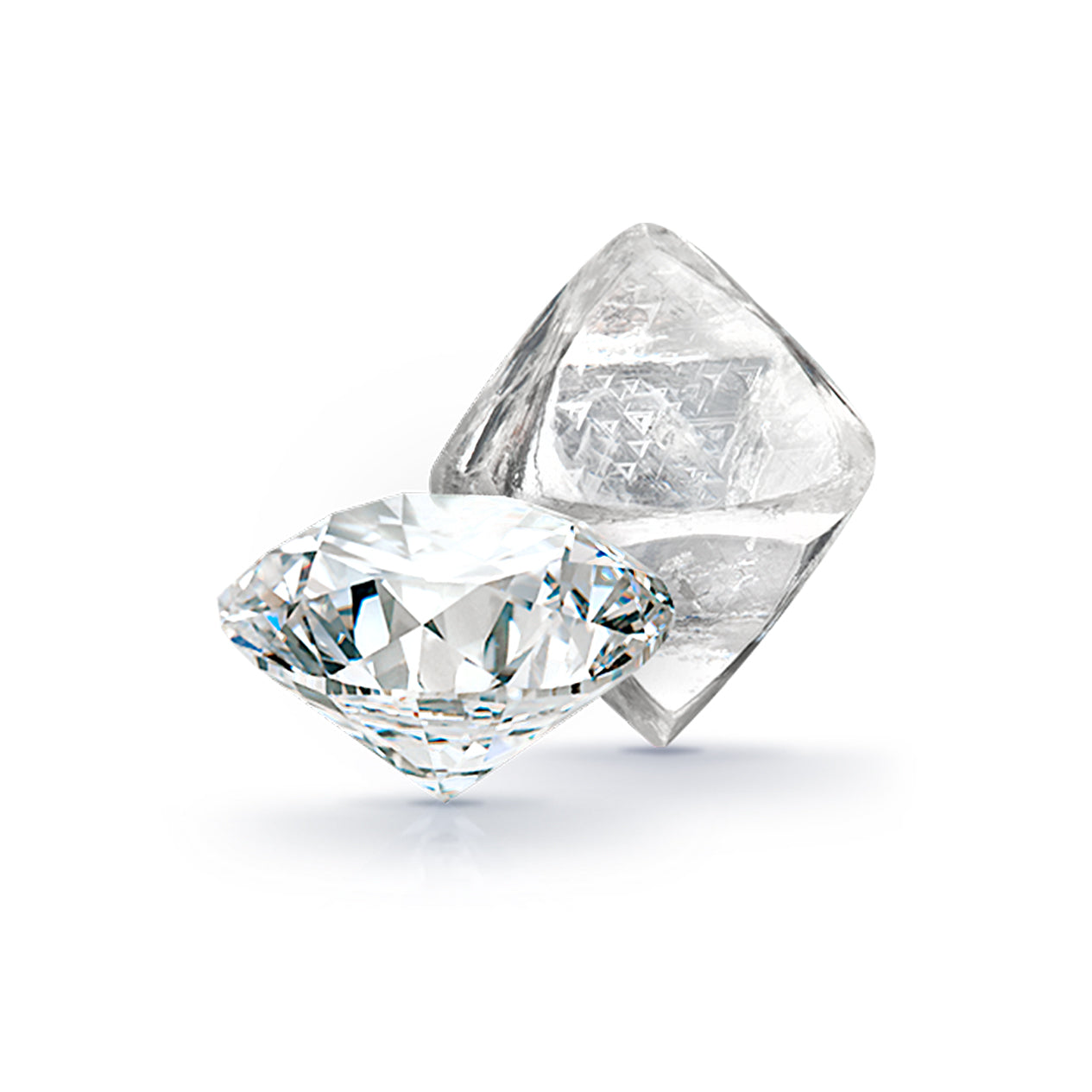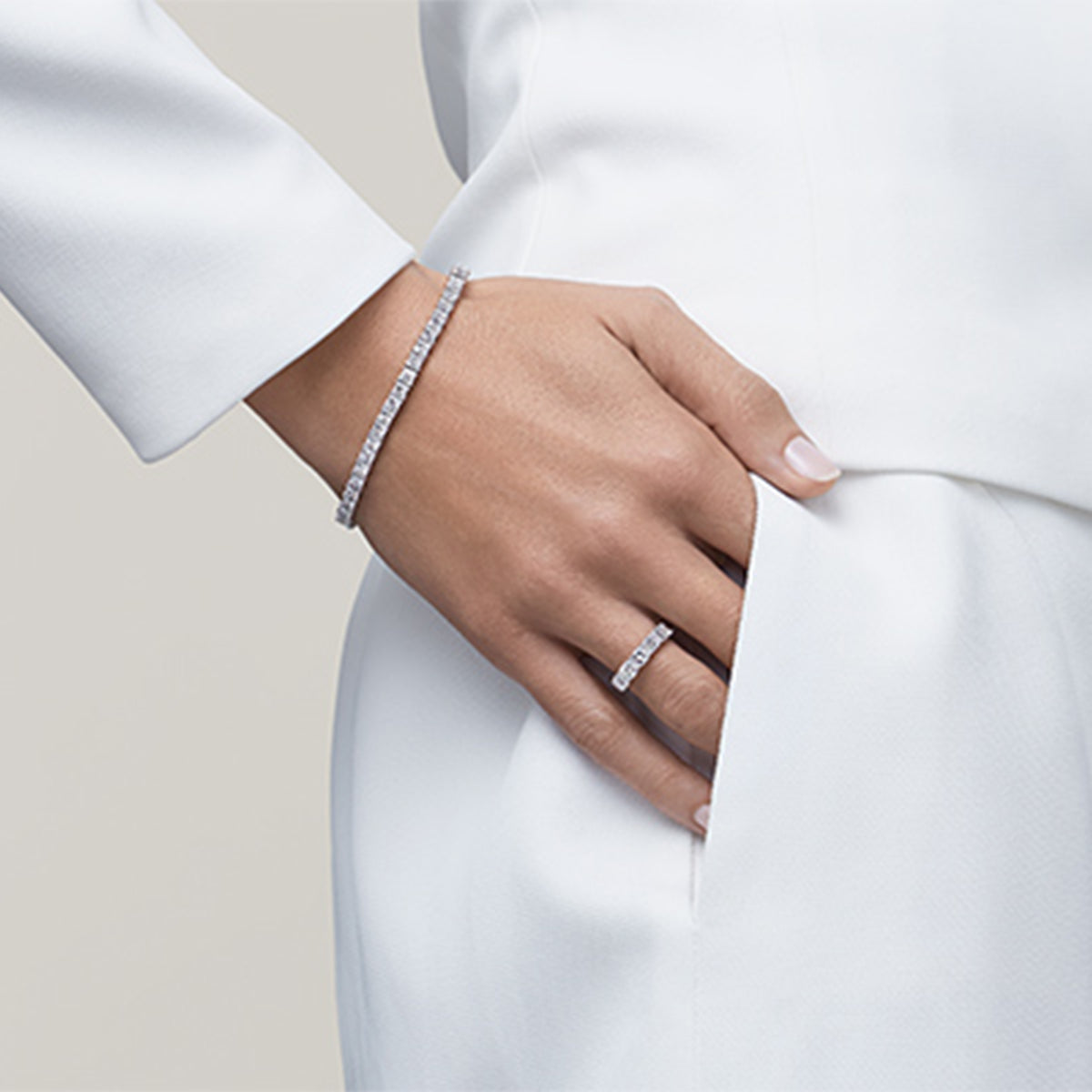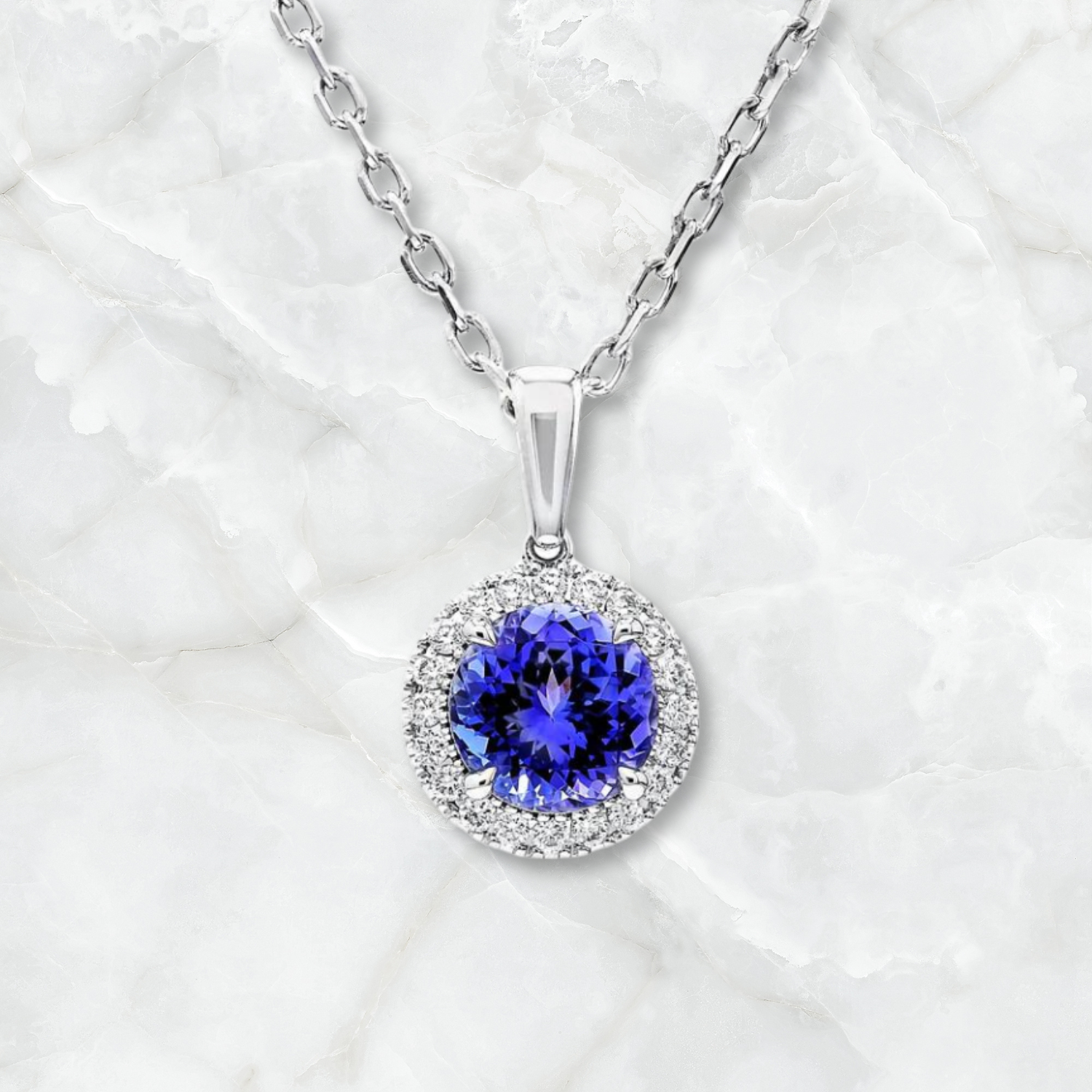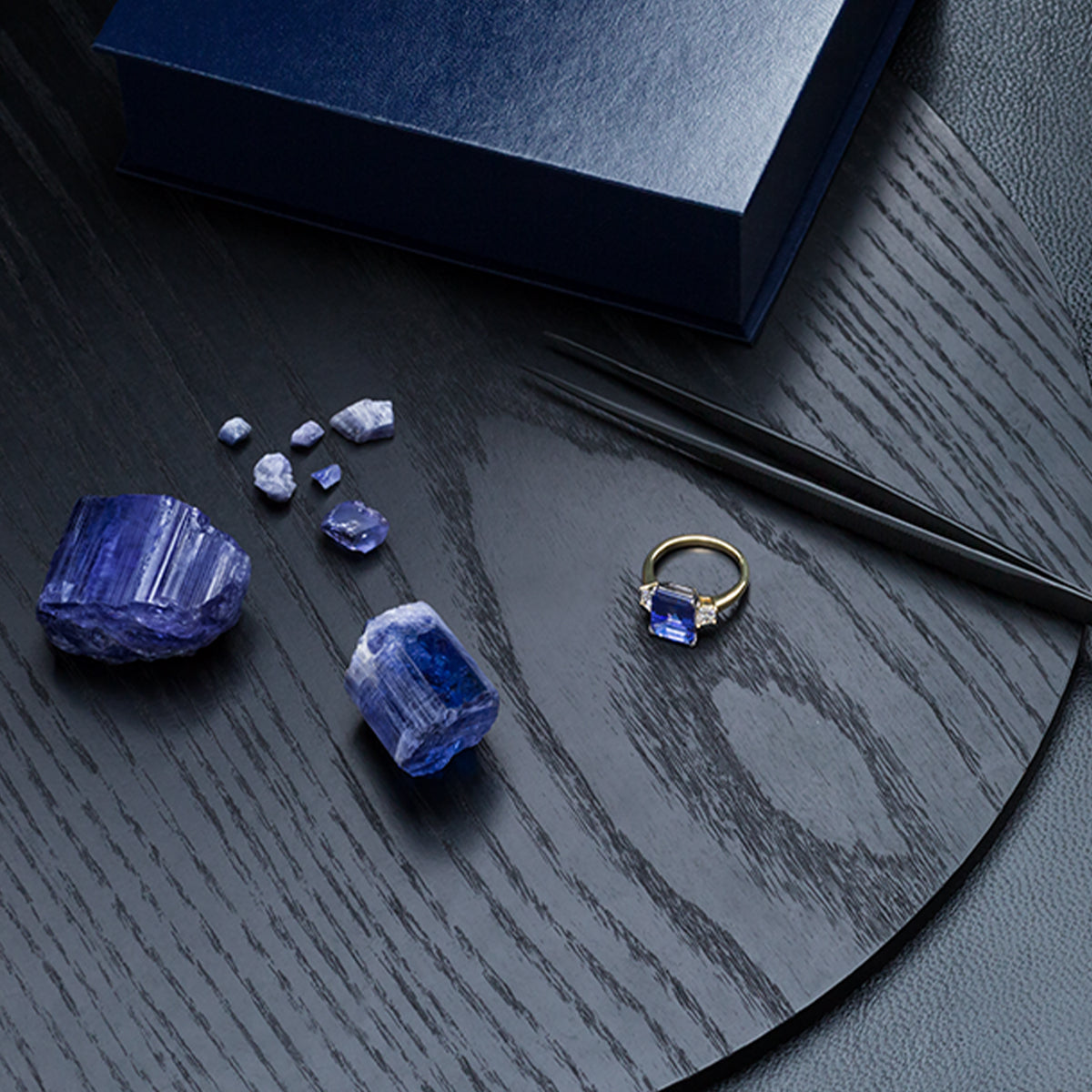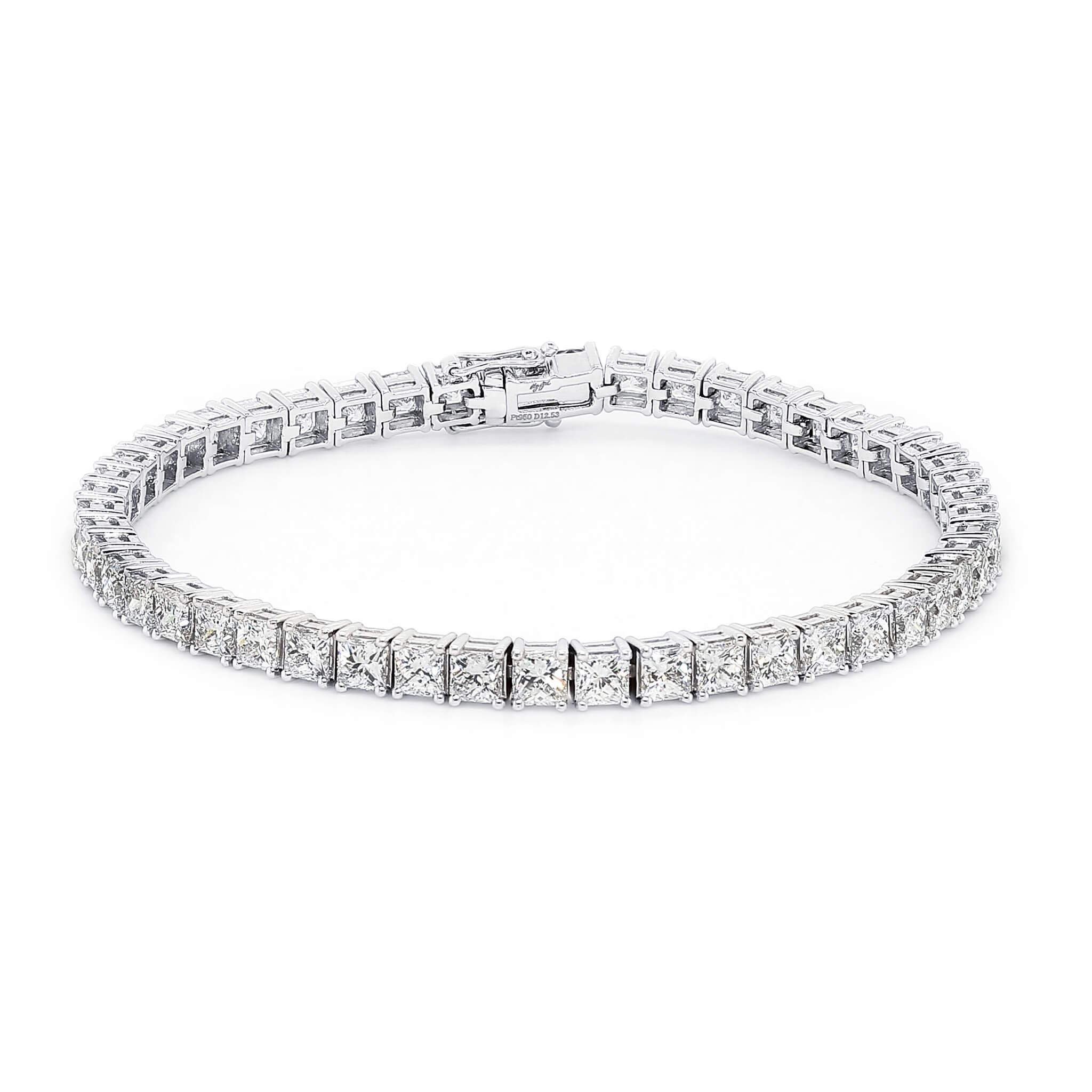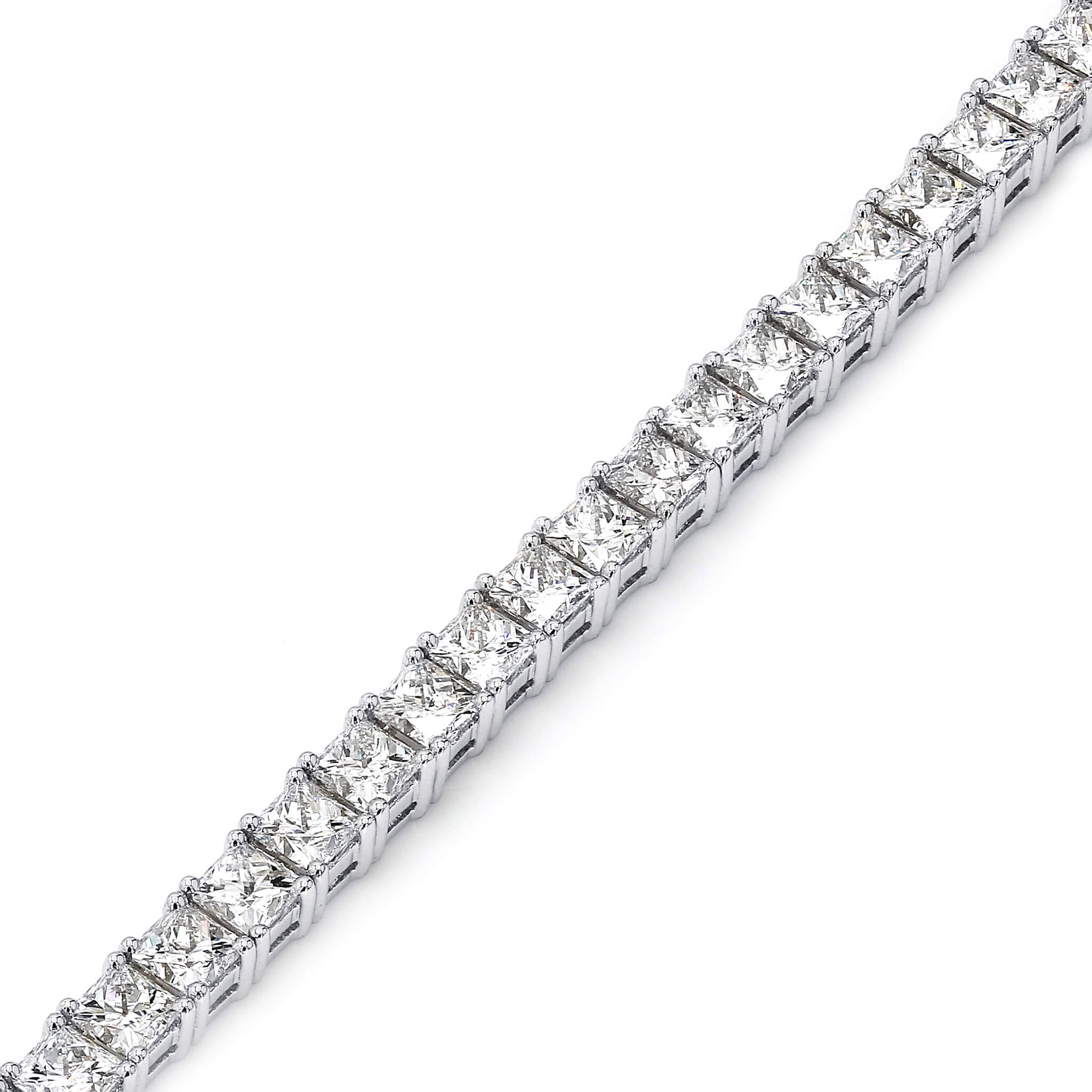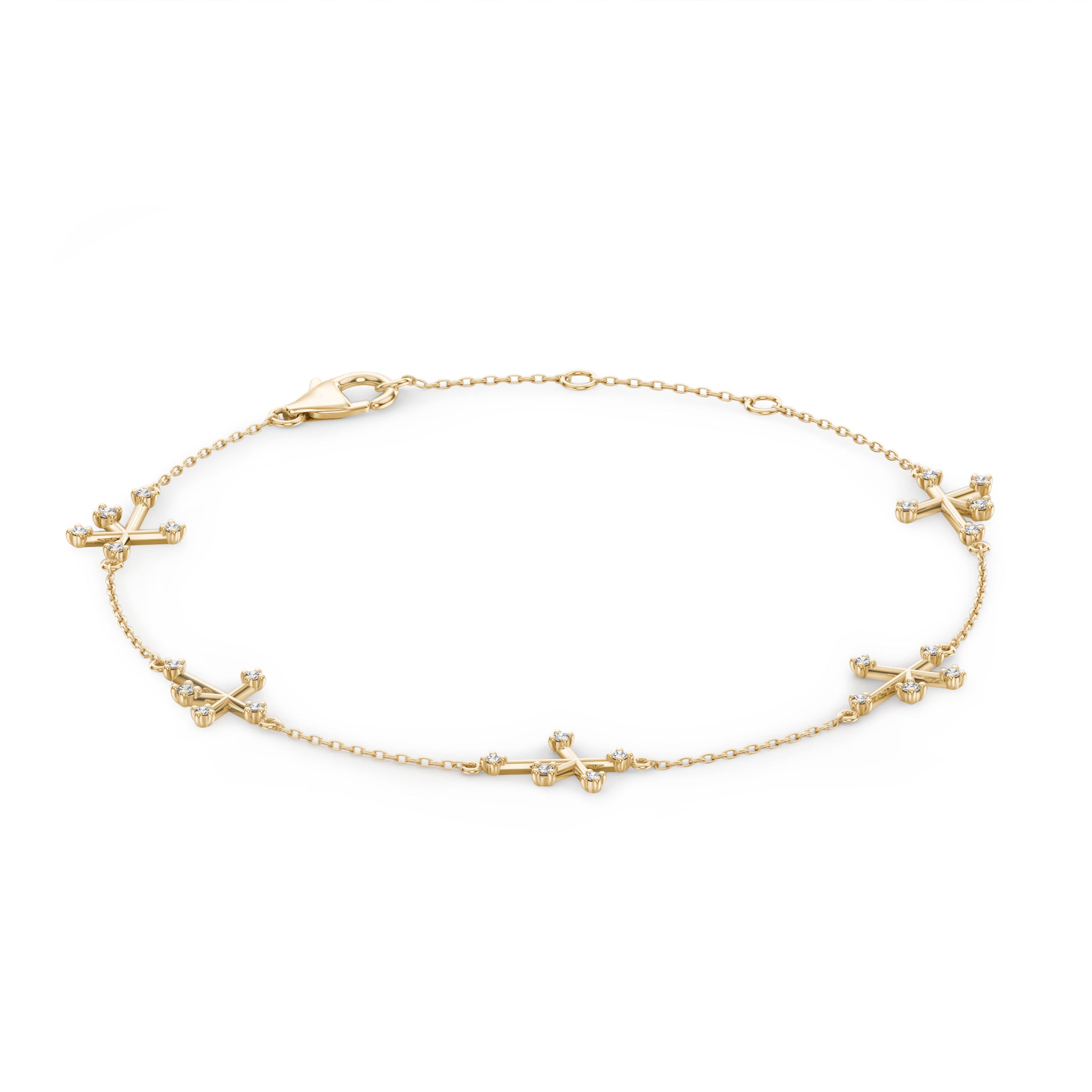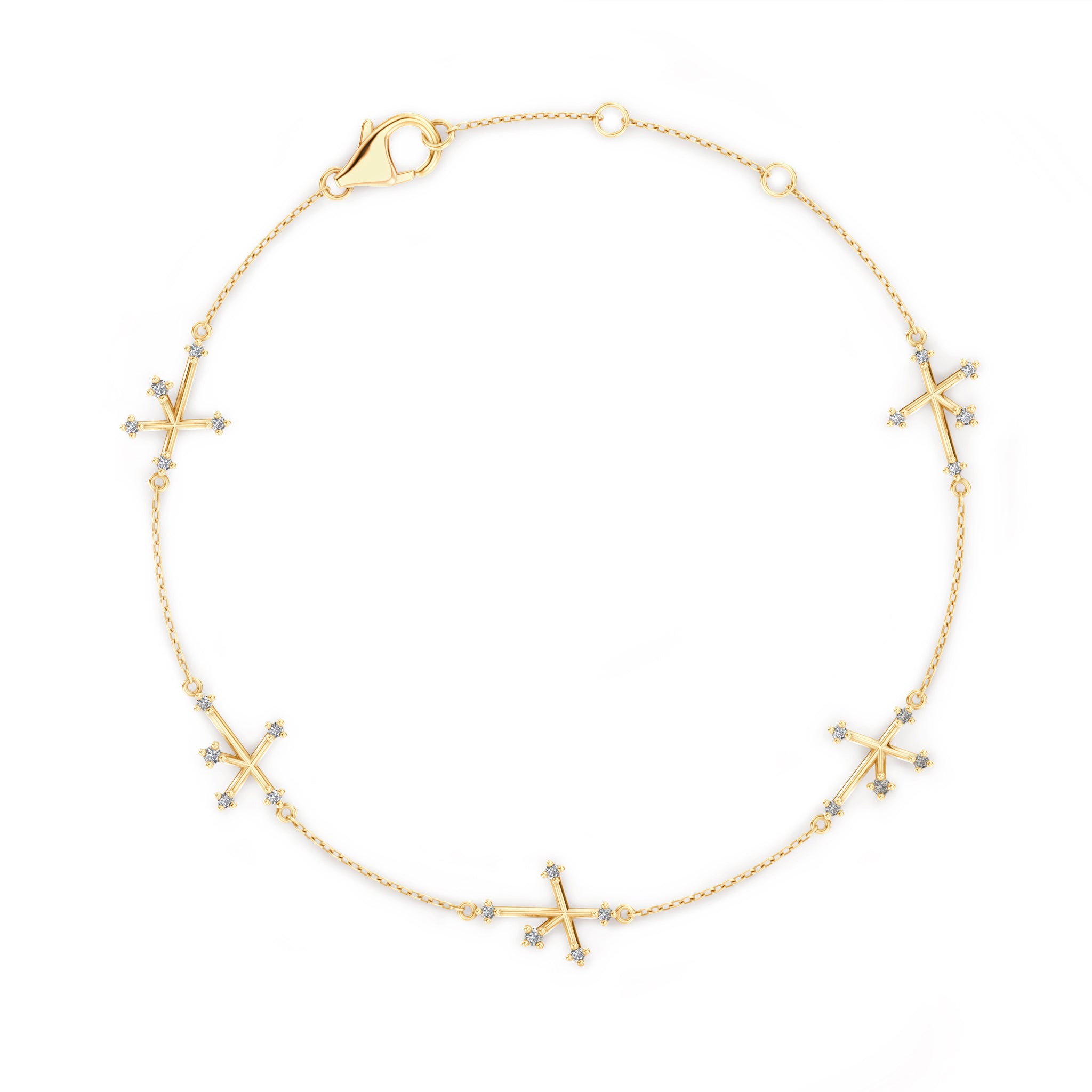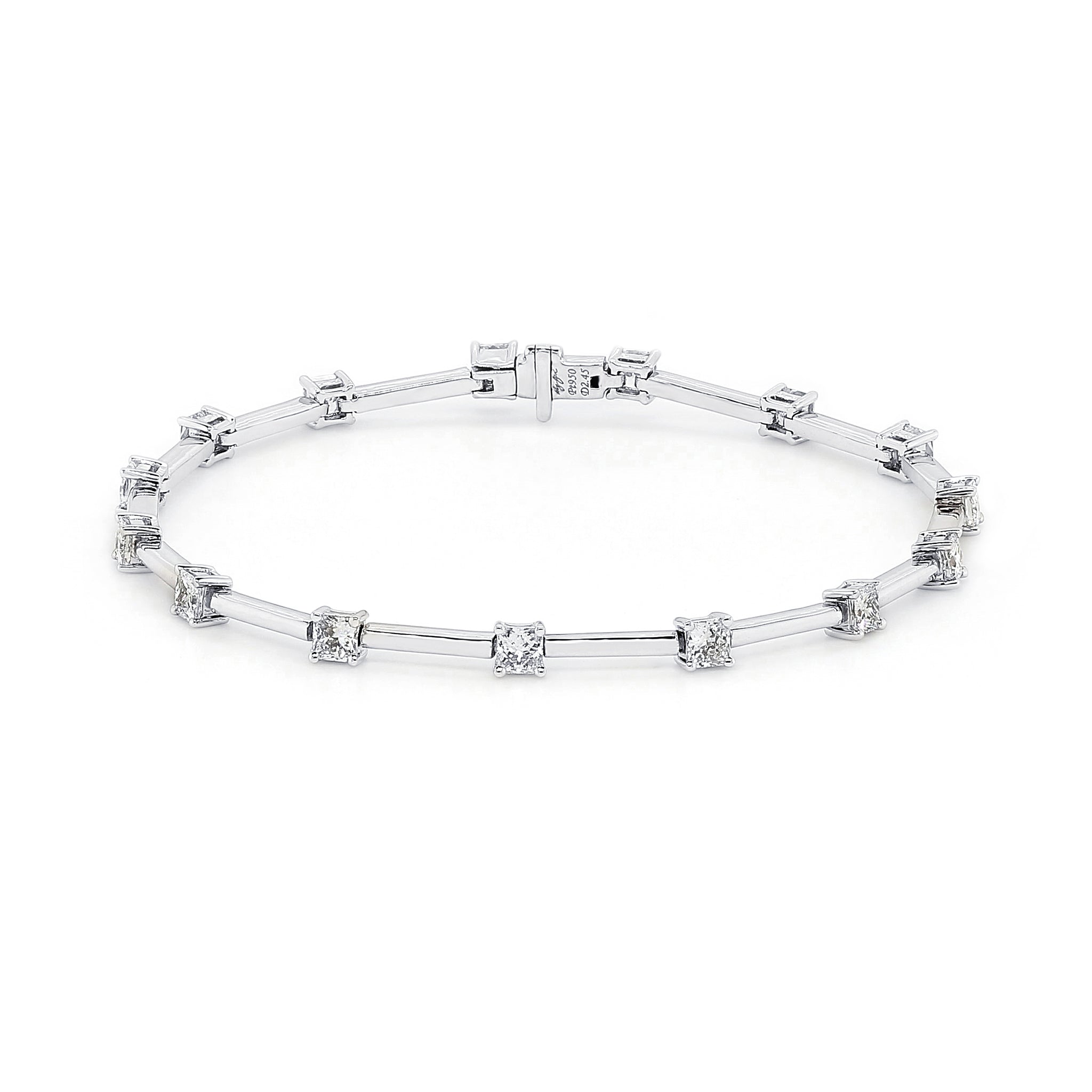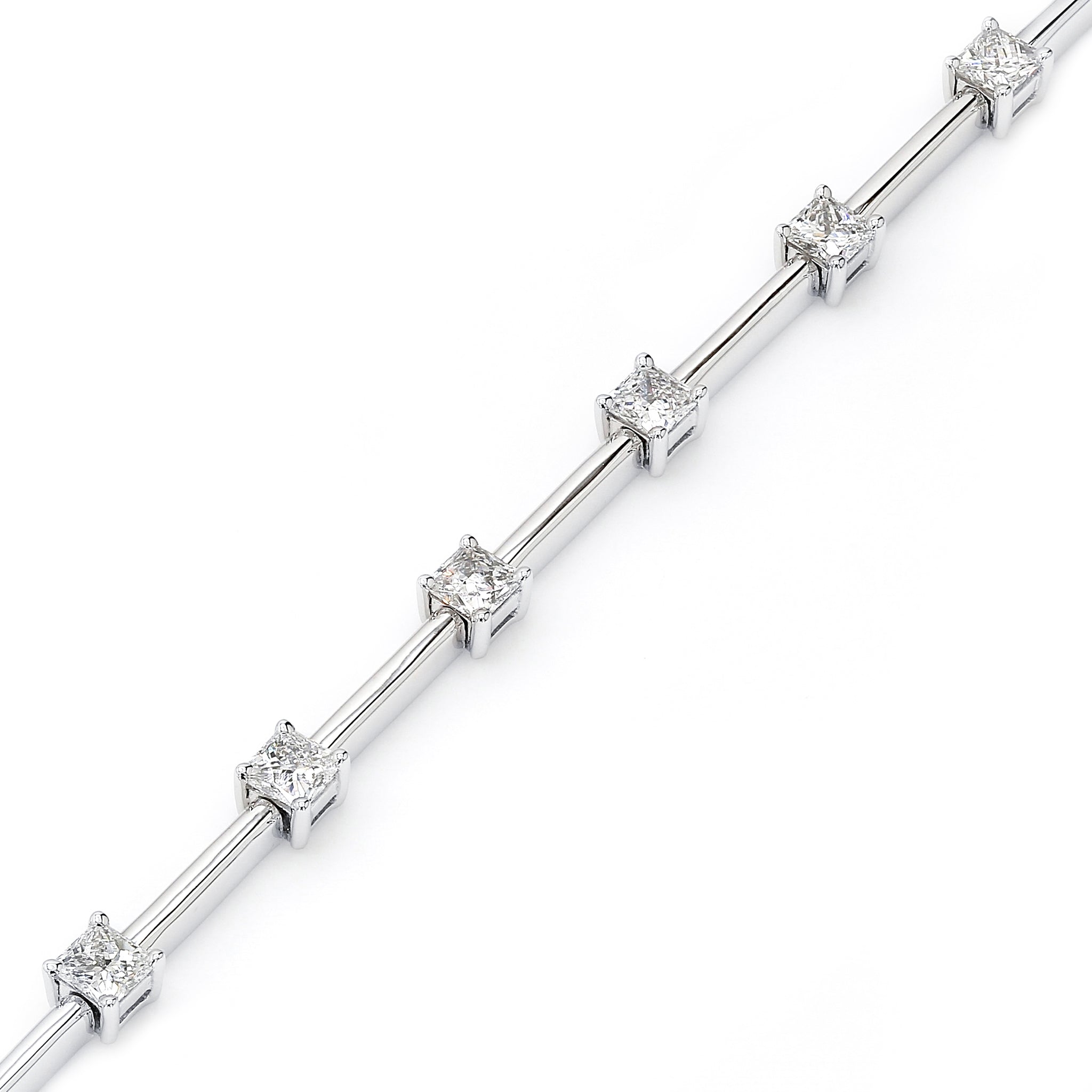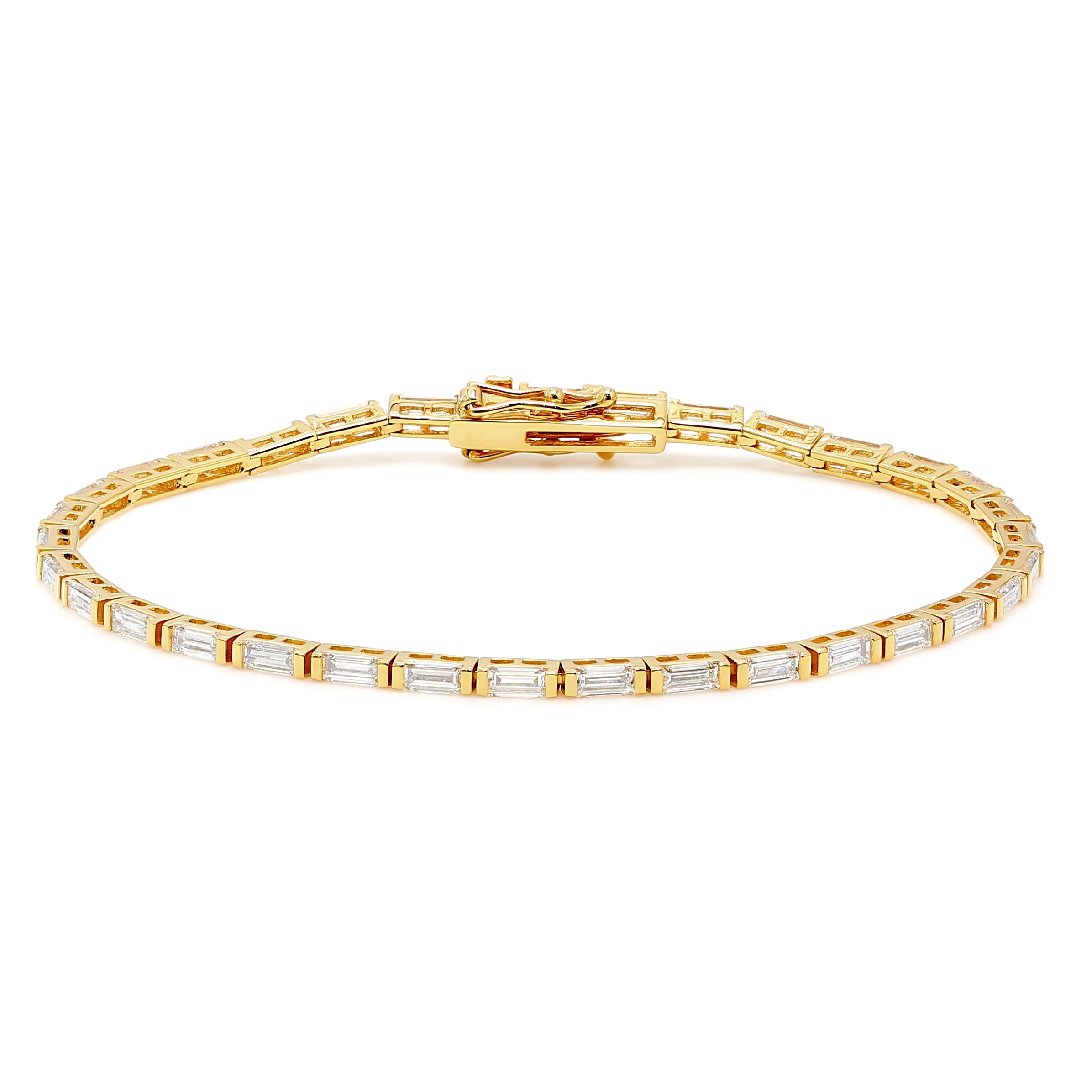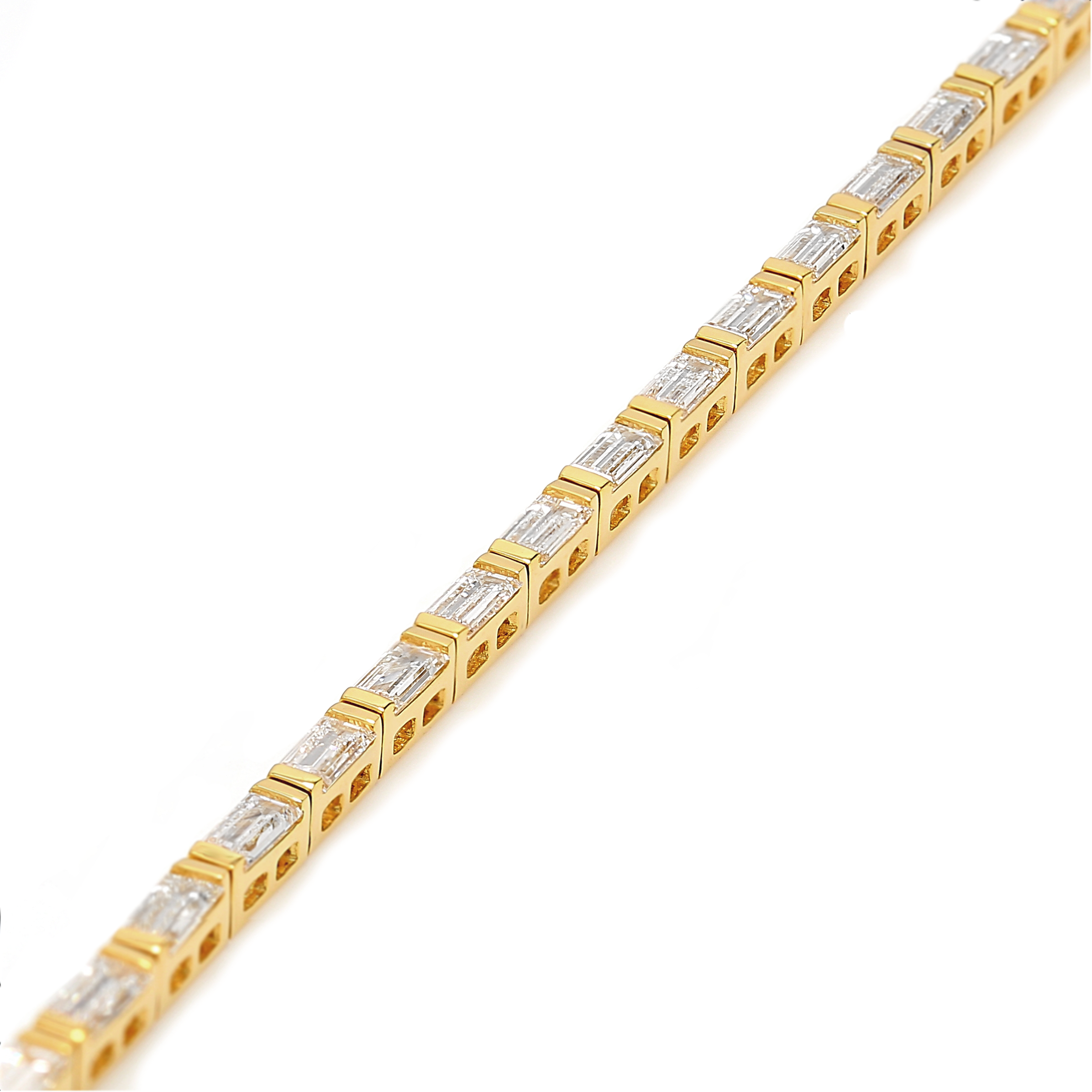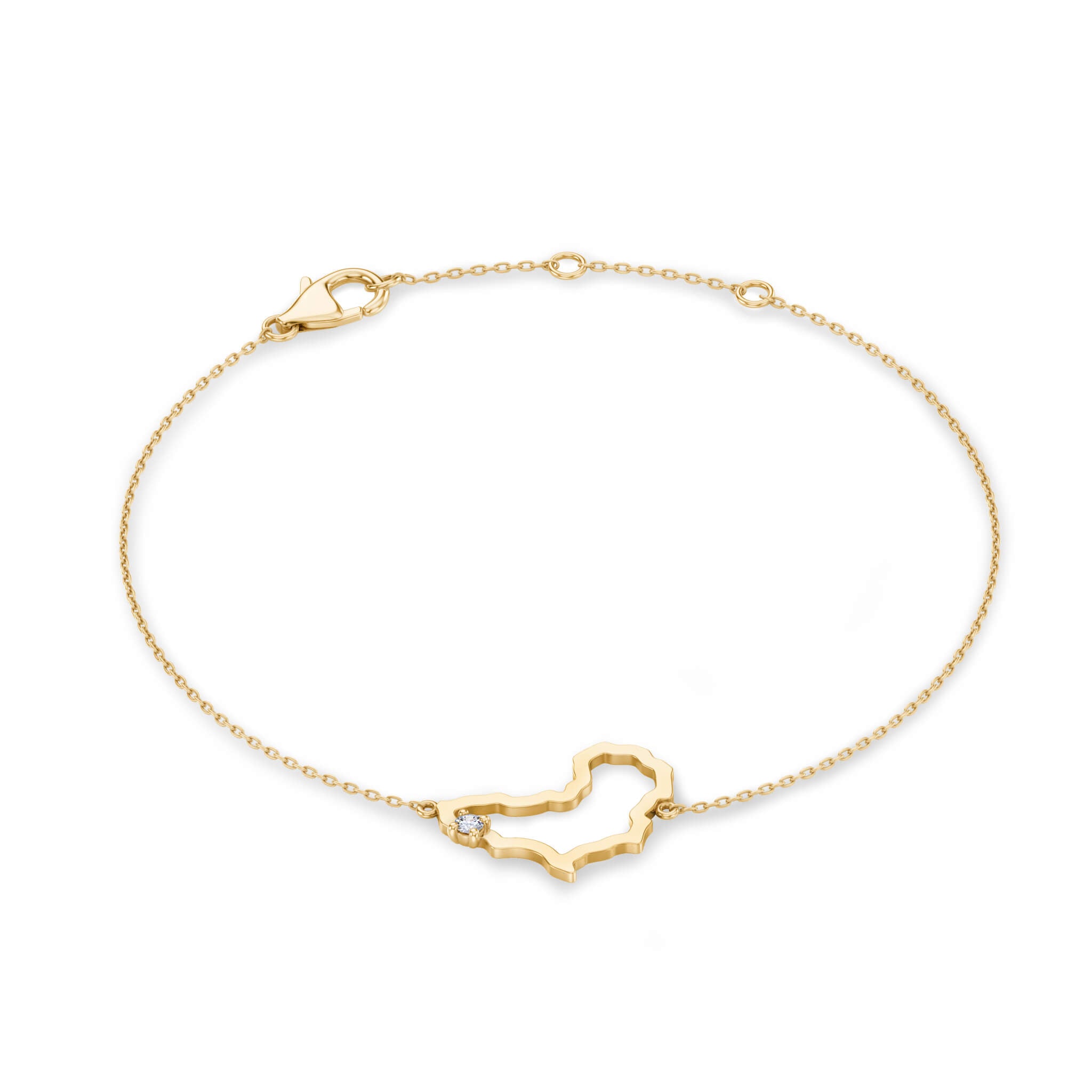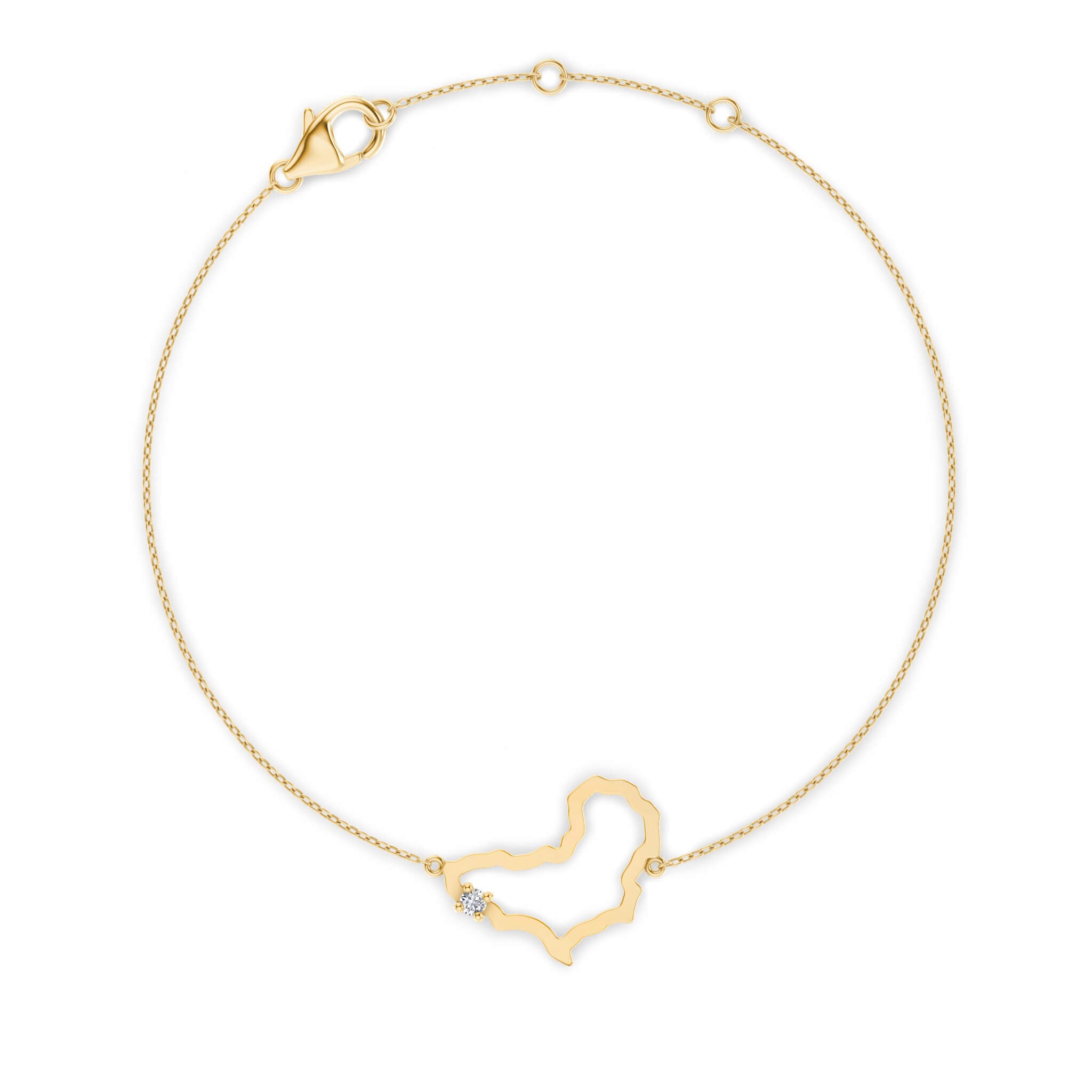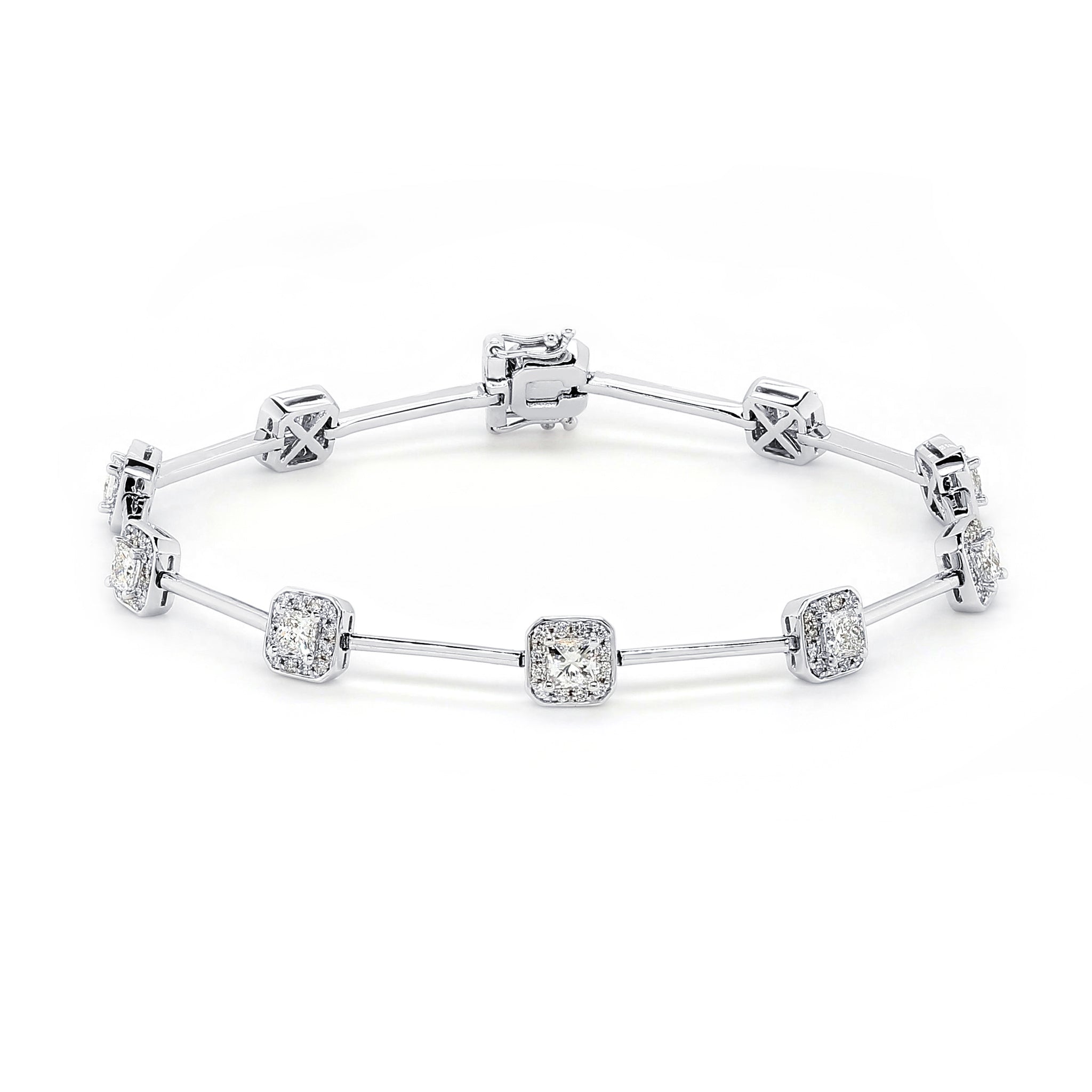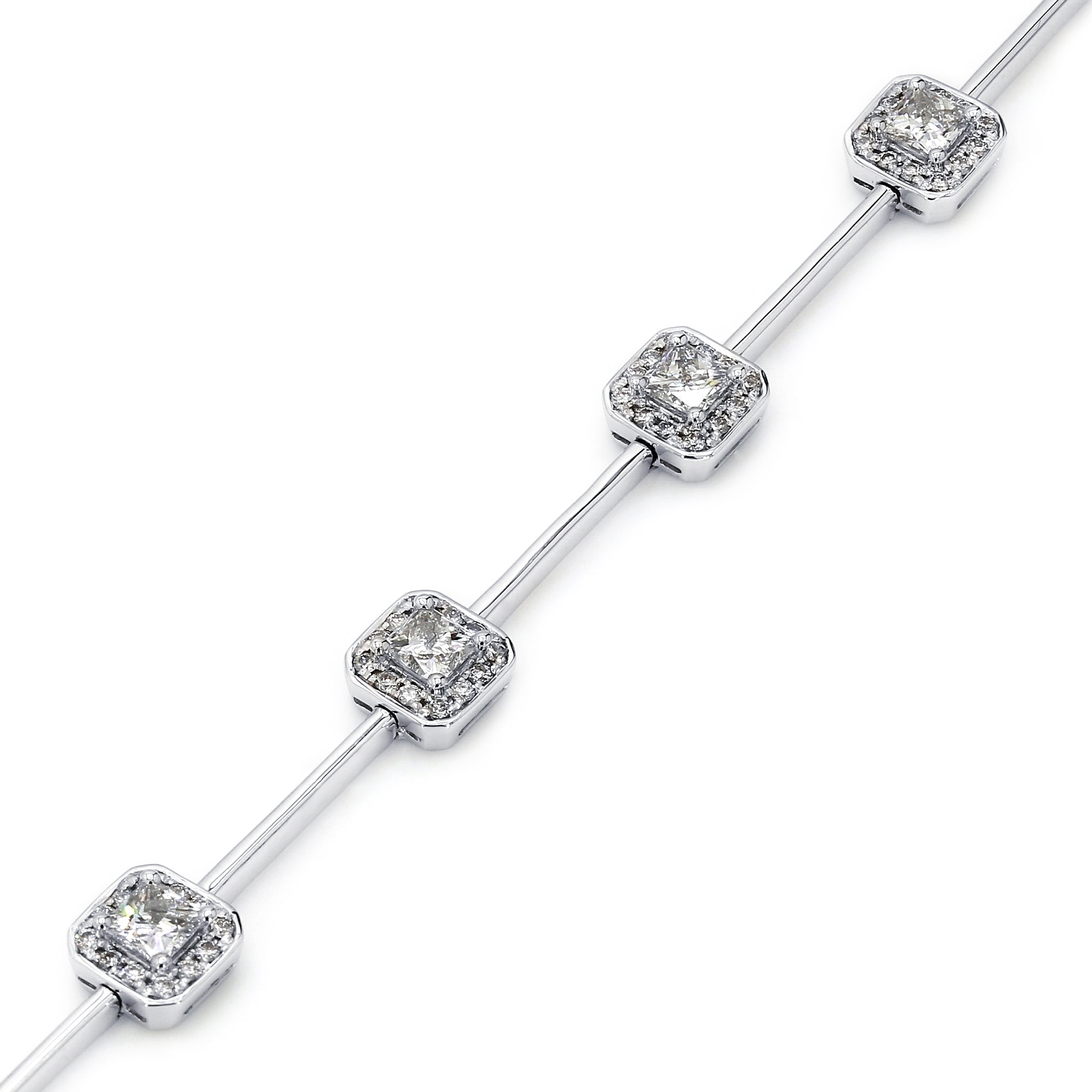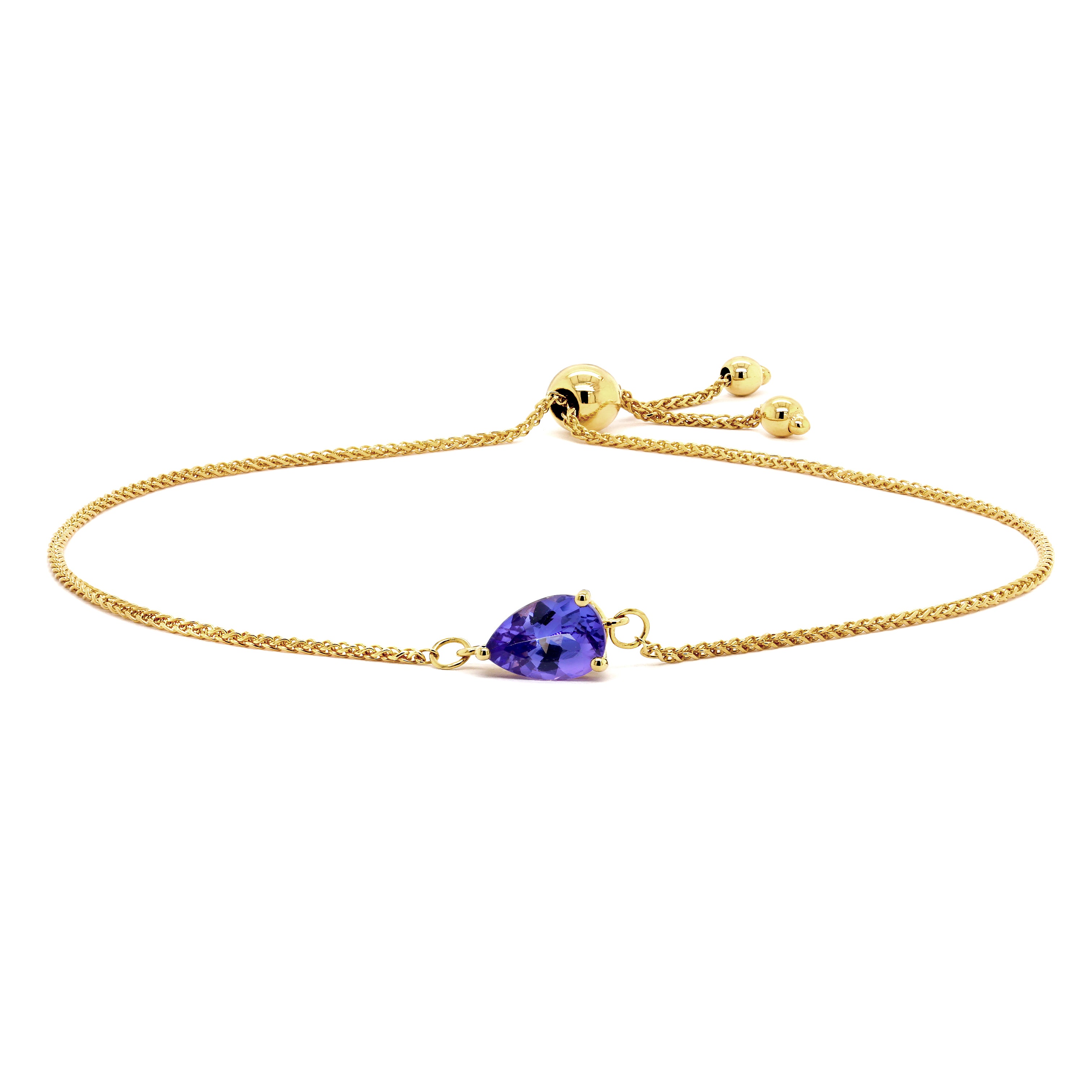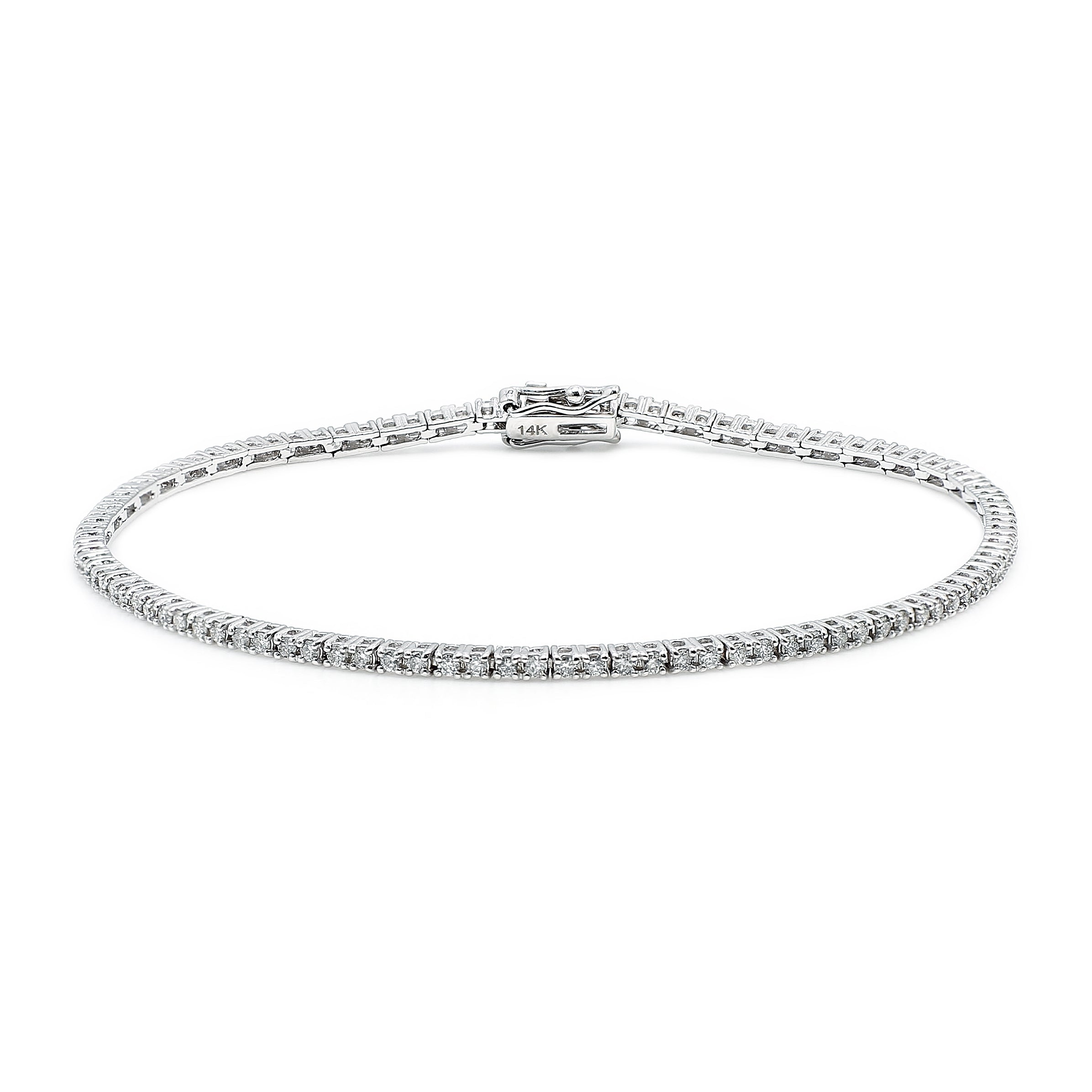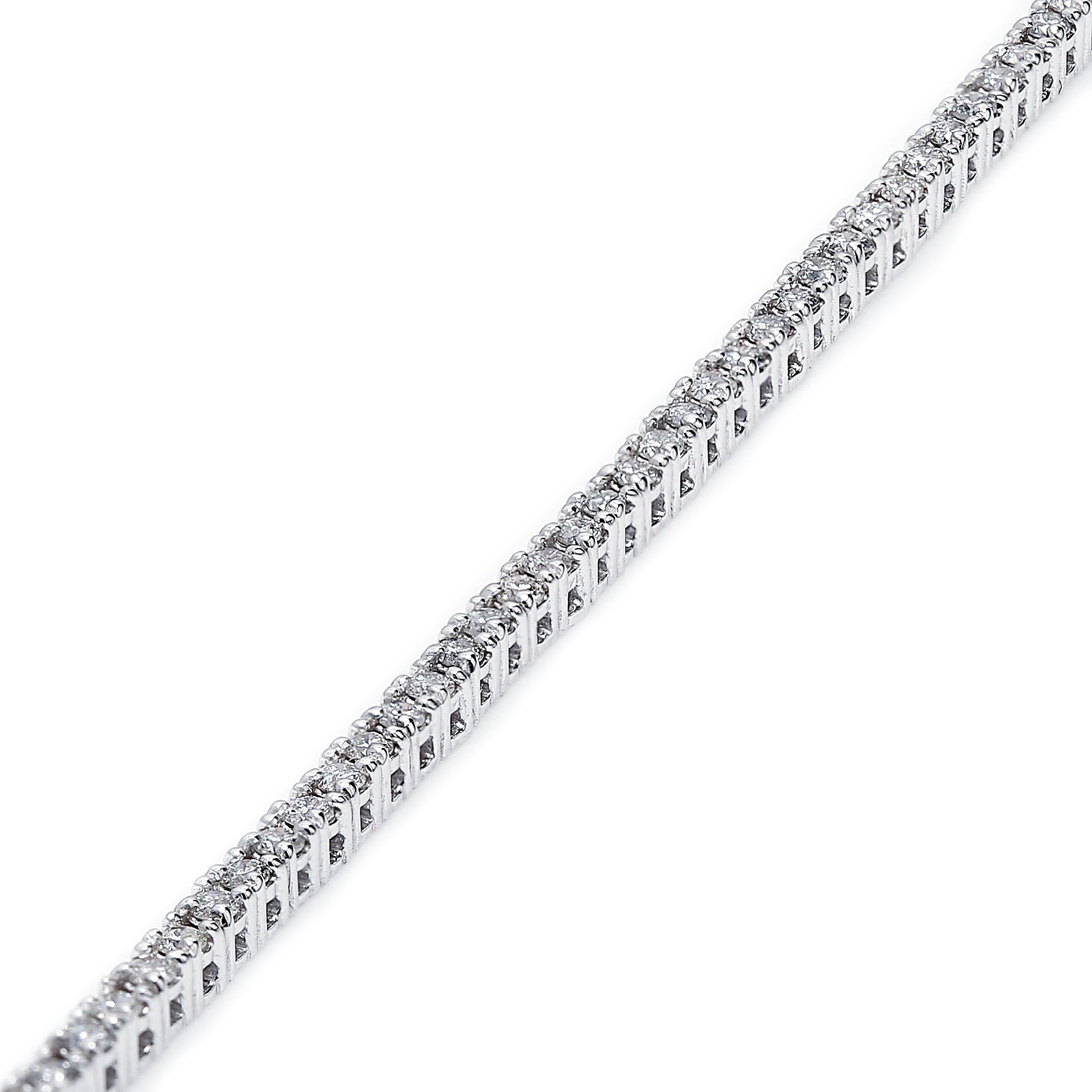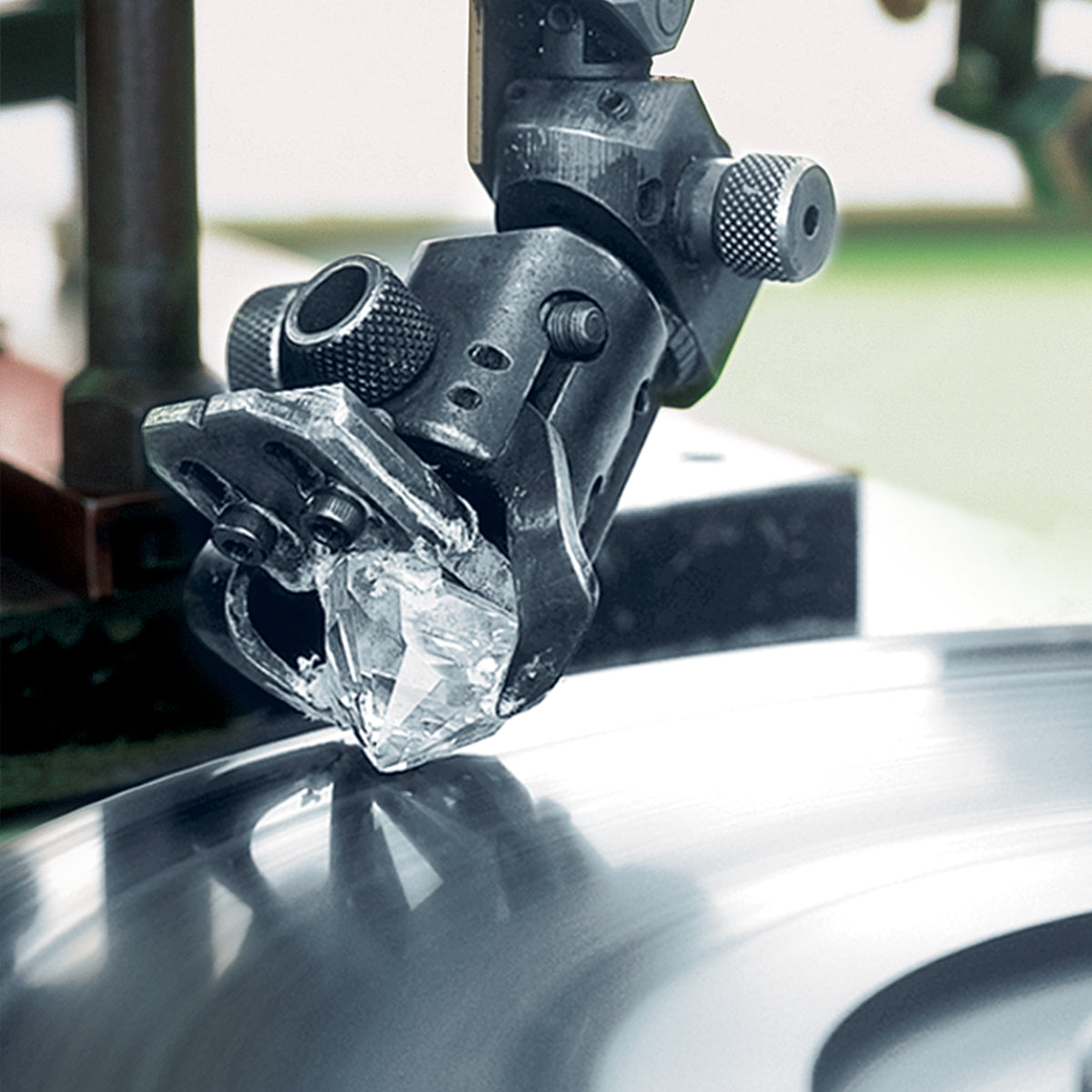
Cutting & polishing of diamonds
A diamond is a tangible tribute to unforgettable moments. In its rough form it has potential, its size simply a promise of what it might be. Only in the hands of master craftsmen does a diamond realise its true potential.
With a license to purchase diamonds in the rough, each rough stone is carefully selected by Shimansky and polished to perfection to release its true brilliance.
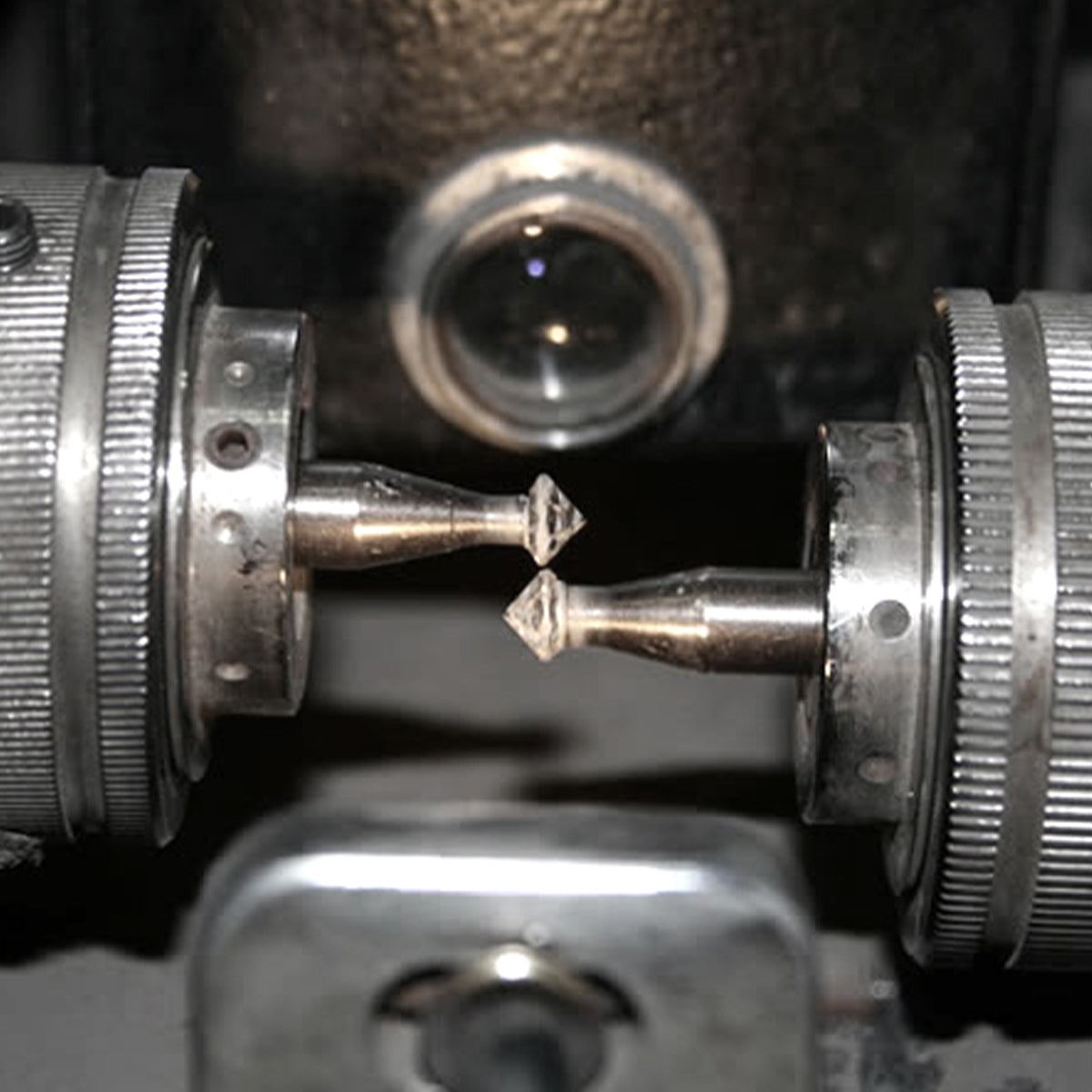
Diamond cutting and polishing is the process of transforming a rough diamond into a brilliant, faceted display of light. It is an art that the Shimansky craftsmen have mastered, and in addition, it is an exact science that requires intense precision, attention to detail and state-of-the-art technology. It takes years of experience and training to acquire the skills needed for this process, as every facet must be perfectly aligned in order to ensure the mesmerising brilliance and sparkle that you see in every Shimansky diamond.
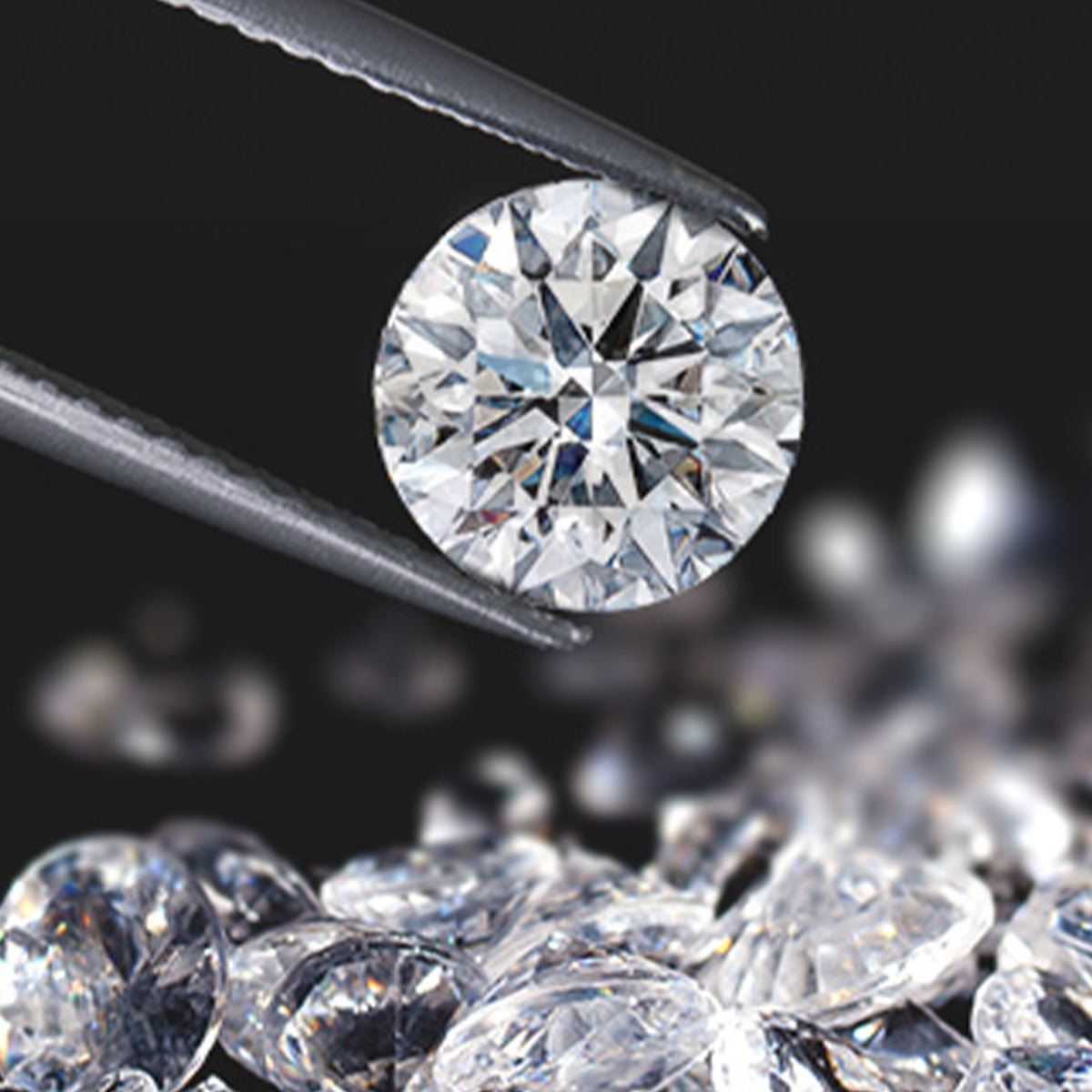
Even the smallest of mistakes can have a major impact on the quality of the cut of the final gem. At Shimansky, this process is completed in-house from beginning, to end, ensuring each and every step adheres to the Shimansky standard of precision and that unrivalled attention to detail is applied every step of the way.
Shimansky has a license to buy and polish rough diamonds – unique among jewellers. This ensures that only the finest, hand-selected diamonds are chosen for Shimansky jewellery creations. After the greatest quality rough stones have been selected, they are sent to the Shimansky Diamond Cutting and Polishing Workshop, situated in the Clock Tower at the world-famous V&A Waterfront in Cape Town.
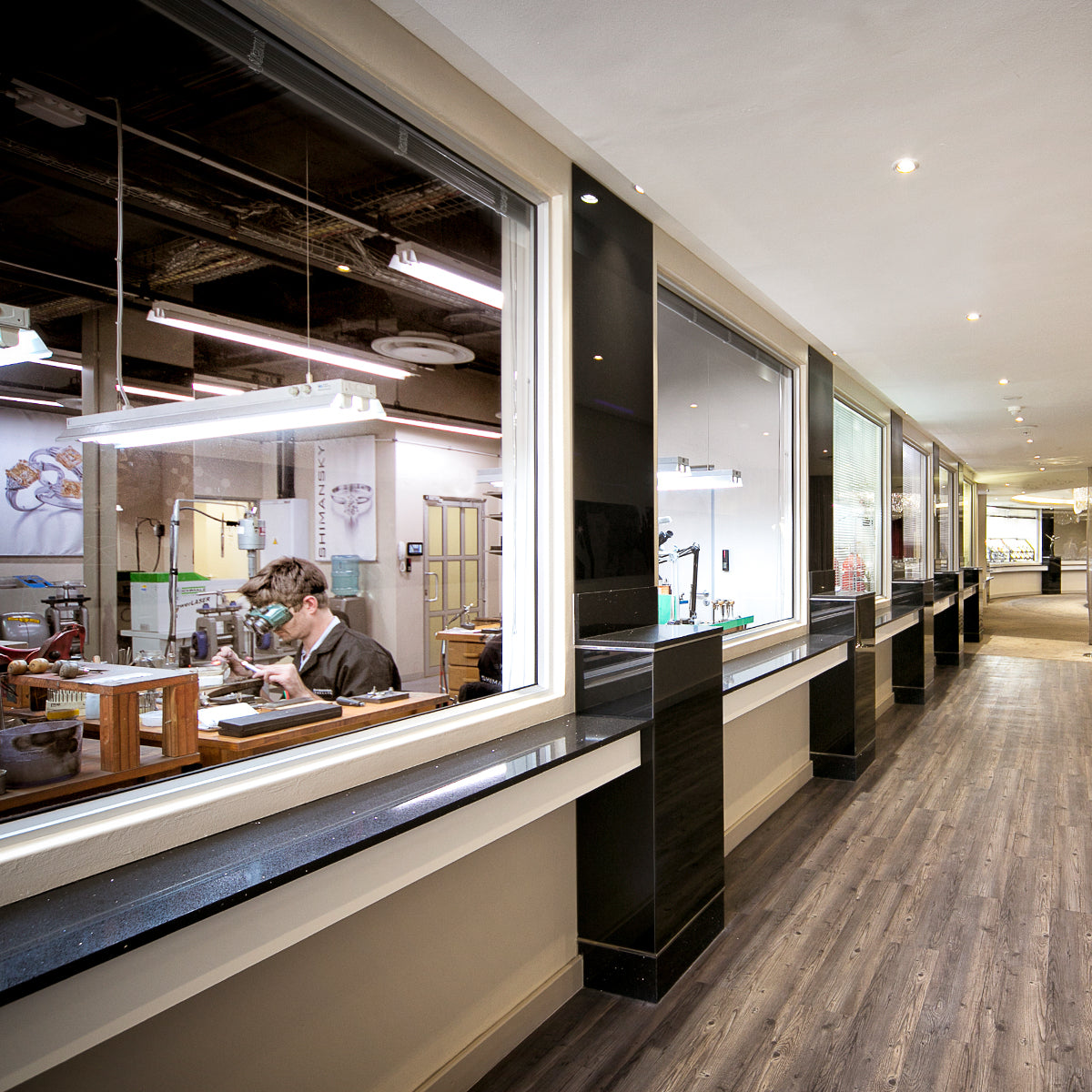
Here, the Shimansky master diamond cutters and polishers utilise their mastery to transform the rough gems into magnificent displays of light. The cutting and polishing is completed by hand, ensuring
exact quality control, and preserving the ancient and fascinating art of cutting and polishing. Unrushed, Shimansky diamond cutters and polishers take their time with each and every gem, ensuring it reaches its maximum potential. State-of-the-art technology, combined with ancient cutting and polishing traditions yield mesmerising Shimansky diamonds that leave even those with a trained eye, speechless.
THE DIAMOND CUTTING AND POLISHING PROCESS CAN BE EXPLAINED IN FIVE UNIQUE STEPS:
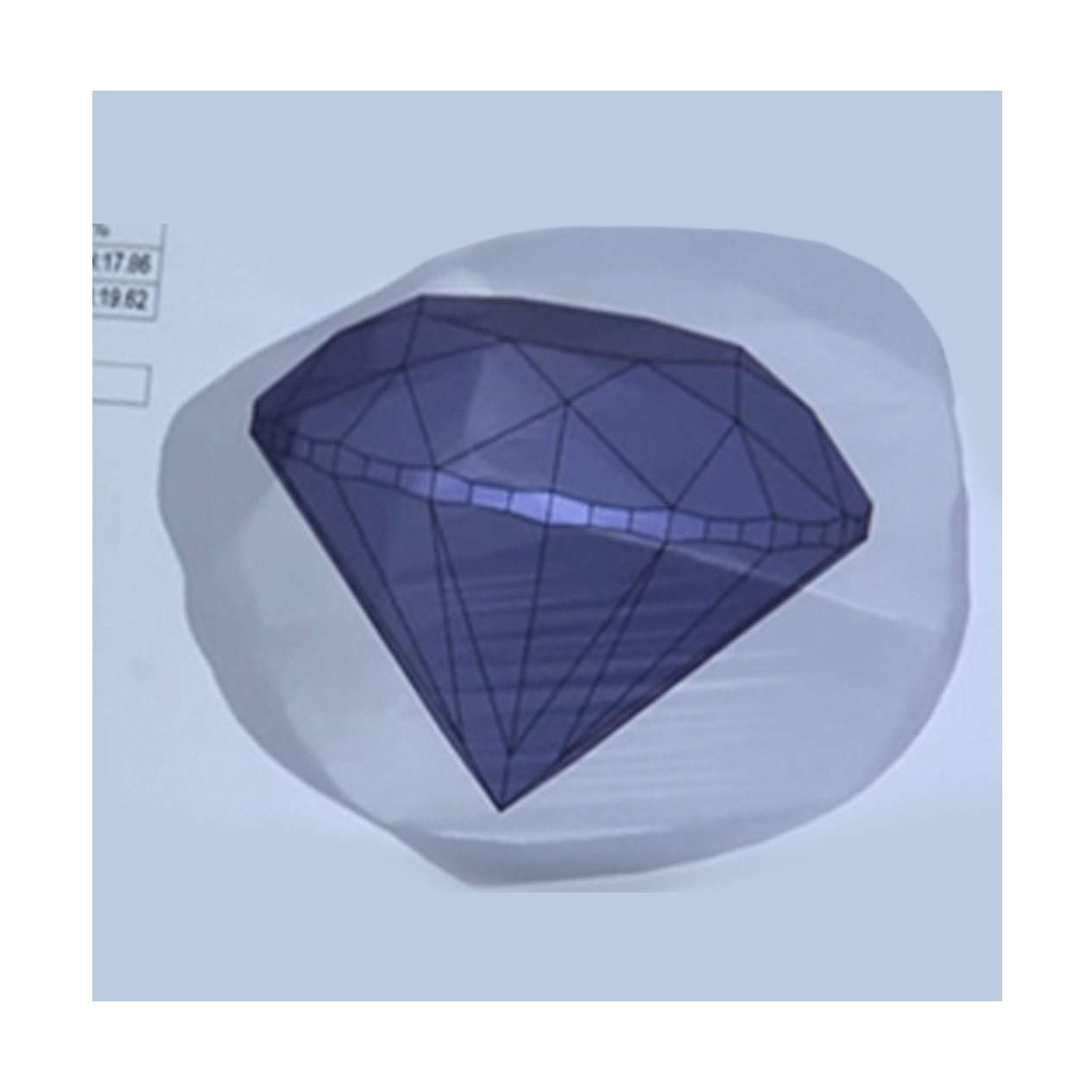
Step 1: Analysing
The first and vital step in the diamond cutting and polishing process is the analysis of the rough diamond. This step requires all-consuming imagination, skill and precision by an experienced diamond cutter. After analysing its size, shape, clarity and crystal direction, the best cut for the diamond is determined in order to maximise its end value and appearance. This step can only be completed successfully if done by a master diamond cutter whose trained eye and expertise affords him the ability to determine the best possible cut for the rough stone.
A diamond cutter will consider various possibilities before deciding which of them will yield the best quality gem, as it is a diamond’s cut that determines its possibility to reflect light. Even if a diamond is graded well in terms of its colour, clarity and carat weight, a poor cut will result in a dull effect, which greatly affects the value of the stone.
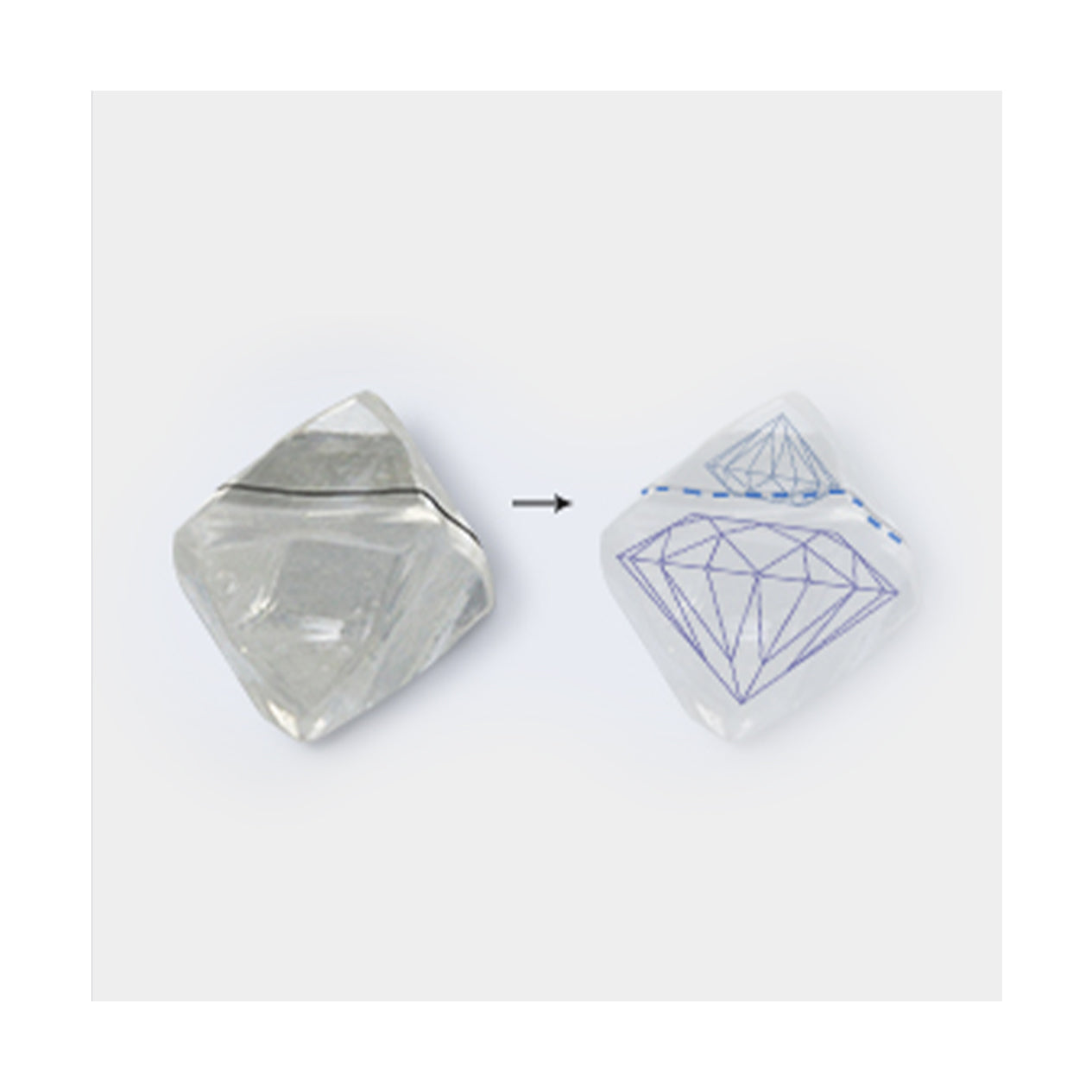
Step 2: Marking
The second step in the diamond production process is the marking of the stone using 3D laser technology. Incorrect marking by a fraction of a millimeter can greatly impact the quality of the final gem, so after noting any imperfections, a diamond marker may decide to work around an inclusion to polish a few high clarity diamonds from one rough stone, rather than yielding one large diamond of lower clarity grading.
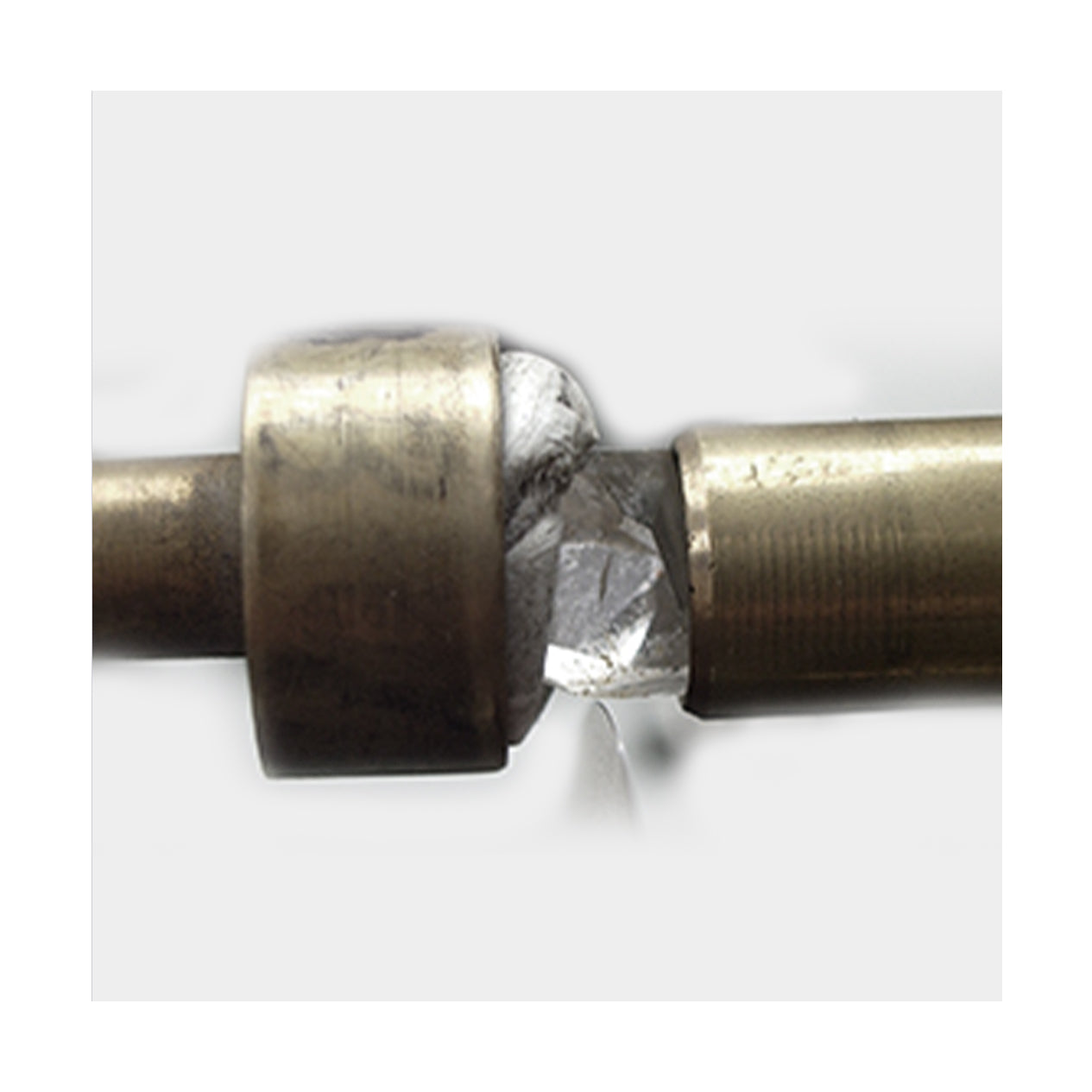
Step 3: Sawing
Have you ever wondered what happens to precious diamond dust that’s left over after a rough diamond has been cut? Once marked, a diamond is placed on a jeweller’s sawing spindle for the third step in the cutting and polishing process. The rough diamond is cut where it has been marked with a copper blade with a mixture of oil and diamond powder. The spindle revolves at an incredible 3000 rotations per minute. It is the diamond powder on the copper blade that physically cuts the stone, and not the copper blade itself. This is because diamonds are the hardest mineral known to man, and can only be cut by another diamond.
Each diamond is unique and its cutting angles need to be planned with mathematical precision in order to achieve the desired result.
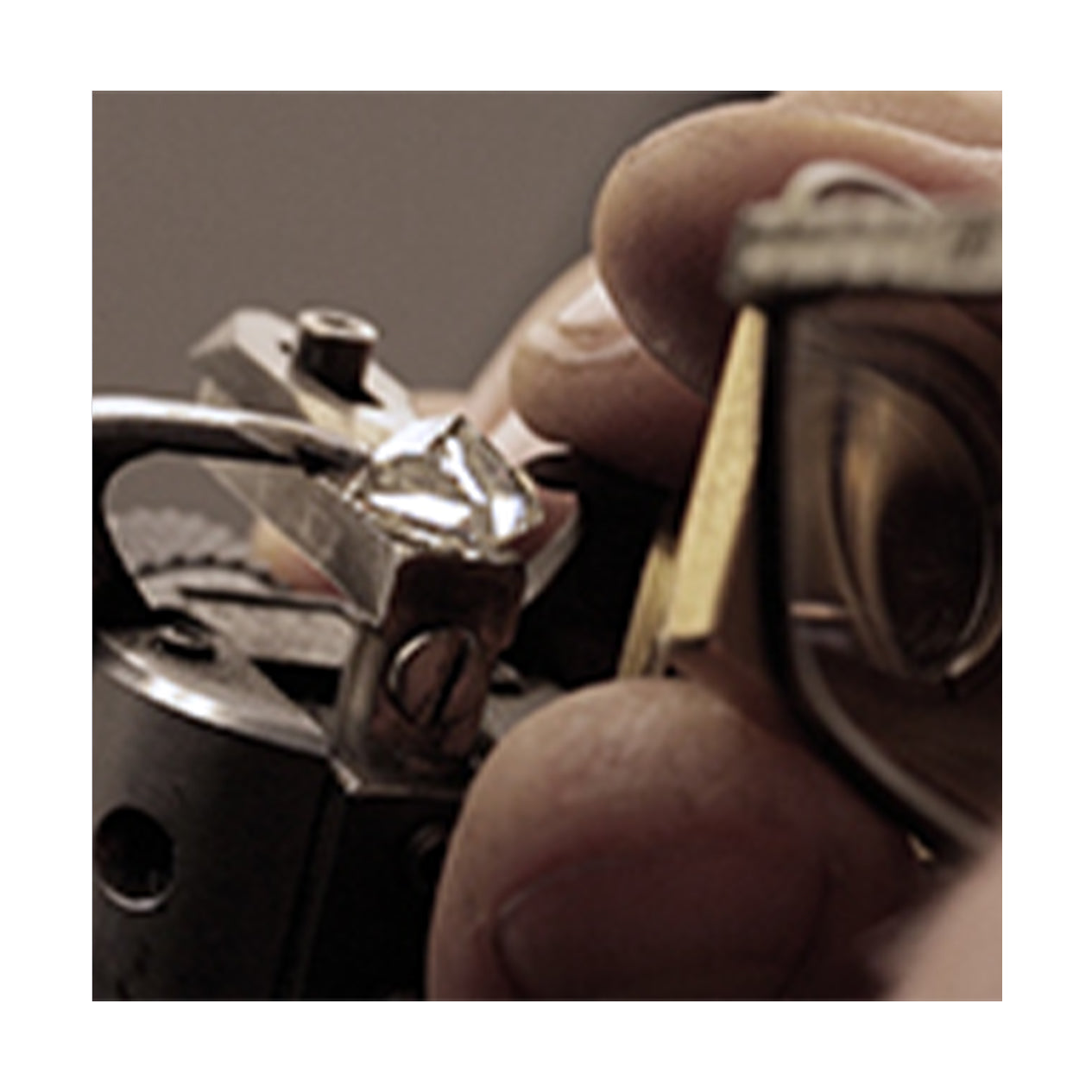
Step 4: Blocking
Laying the foundation for a diamond’s potential, blocking establishes a stone’s basic symmetry by creating the first 17 or 18 facets. For some small diamonds the process stops here, but larger diamonds go on to a specialist brillianteer to have additional facets polished, adding to the brilliance and fire of the diamond.
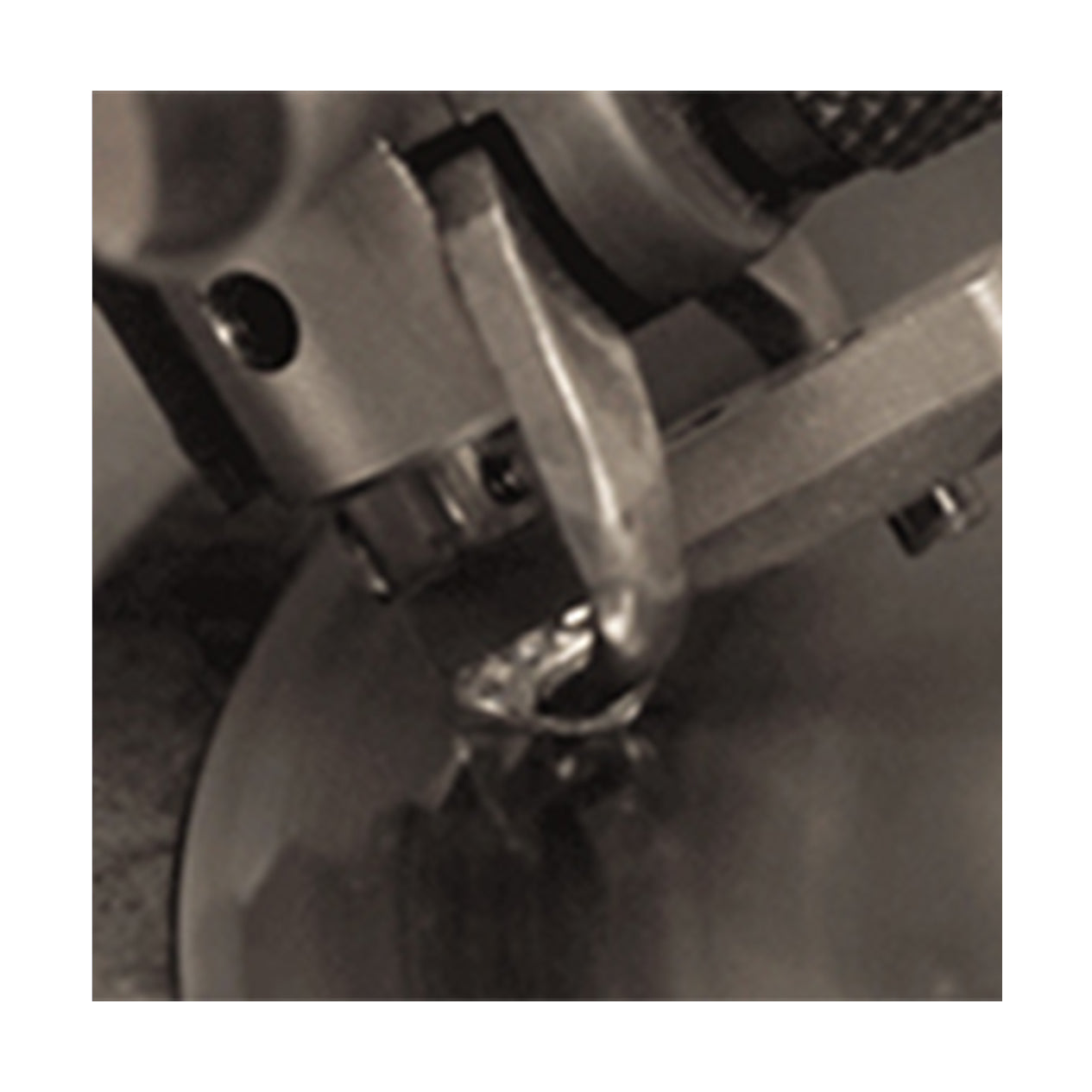
Step 5: Polishing
Also known as brillianteering, polishing is the final stage of the cutting process. The diamond’s final facets are polished and shaped to ideal proportions and perfect symmetry in order for the diamond to reflect the maximum amount of white light. The more sparkle and brilliance a diamond has, the more beautiful it is, and the higher its value will be. It is this step that determines the fire, brilliance and scintillation the diamond will have.
The true value of a Shimansky jewellery creation is only realised when it is worn by the person it is meant for.
Featured collection
BRACELETS
3 TCW | Straight Baguette | Tennis | 14K Yellow Gold
0.03 Carat | Round Brilliant | Single Diamond | 14K Yellow Gold
0.7 Carat | Pear Shape | Solitaire | 14K Yellow Gold
